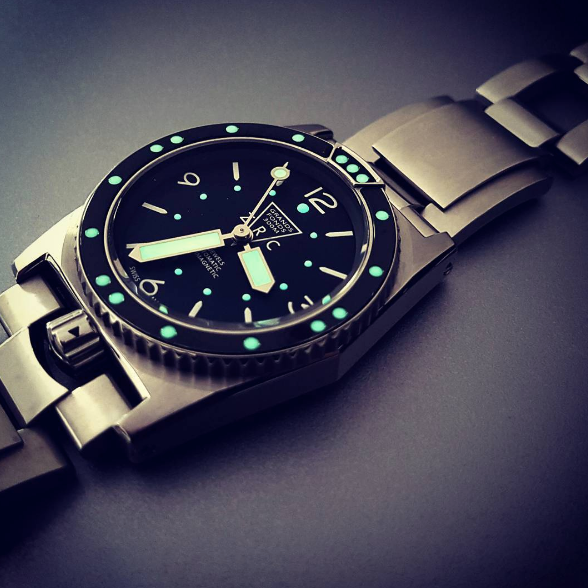
In the 1910s and ’20s, a working-class woman could make a decent living painting luminous material onto watch dials. It was a glamorous gig that required artistry and skill. The tech was cutting-edge at the time, and with the need for legible watch dials for soldiers during WWI, workers could take pride in helping the war effort. The luminous material was painted on with a brush that was kept sharp by pointing the bristles with the tongue. Workers also began to paint their fingernails with the glowing material. The material in question: radium, which, when mixed with zinc sulfide (a phosphor) produced a bright grow.
Employers told the women there would be no ill effects from ingestion and exposure to the material, despite the fact that factory owners and scientists did take precaution when handling larger quantities of radium. But when workers began suffering from anemia, bone fractures, necrosis of the jaw, and eventually death, it became clear these women were misled. By 1927, dial painter Grace Fryer and a handful of other women — known as the “Radium Girls” — sought compensation from the United States Radium Corporation, a major employer of dial painters in the U.S. The silver lining to all this was that litigation paved the way for increased legal protection of workers in the U.S. and further tightening of industrial safety regulations.
The usage of the material was then greatly scaled back. By the 1960s the amount of radium used in watch dials was approximately one-hundredth the amount used in the early 1900s; in 1968 it was banned altogether. Another radioactive material, tritium, arose as a successor. Tritium operates under the same chemical principles as radium — the material undergoes decay, releasing electrons that trigger zinc sulfide to glow. Tritium, however, is significantly less radioactive than radium, meaning it was safe enough to be painted onto watch dials for decades, until the early 1990s when a couple of even safer alternatives — still used today — took its place.
Photoluminescence
Pigments based on photoluminescent material (like strontium aluminate) are what are most commonly used for watch lume today. This non-radioactive material is painted onto hands, numerals and dials, then glows in the dark (in usually a green or blue hue) by absorbing light then re-emitting light. The downside, compared to radioactive materials, is the longevity of the glow in the absence of light — the glow usually only lasts about seven hours or so in darkness. Swiss brand Super-LumiNova, founded in the early ’90s, brought the method into the mainstream and today is one of the largest suppliers, though some watch manufacturers, like Seiko and Rolex, produce their own proprietary variants.
Tritium Gas Tubes
Tritium has made a comeback of sorts, though not as a paint. Essentially, tritium in gas form is encapsulated in borosilicate glass that has been internally coated with a phosphor layer. The tritium gas undergoes beta decay, which releases electrons, causing the phosphor to glow. Though still radioactive, the gas poses less risk than tritium paints by way of its being encapsuled. A handful of watchmakers are known today for using tritium gas tubes, like Ball, Luminox and Marathon — specifically for tool watches, because their luminescence doesn’t fade away after a few hours like Super-LumiNova. However, with a half-life of just 12 years, after about 24 years only a quarter of the radioactive material is left; thus, tritium gas tubes glow dull enough to require replacement.
Electroluminescence
Electroluminescence is the production of light as a result of an electrical current passing through a phosphor. In a watch, a glass or plastic panel is coated with an electric conductor and a phosphor, then is mounted behind the dial. At the press of a button, an electric current is delivered, causing the phosphor to react, acting as a backlight. Though this is most commonly found in digital watches, Timex’s Indiglo is the most notable use of this type of luminescence in an analog watch. The company patented the technology in 1992, making Timex one of the few producers of analog watches with this type of lume, though other affordable quartz timepieces from Bertucci and Casio have used it as well.
Here you can check our first luminous collection.

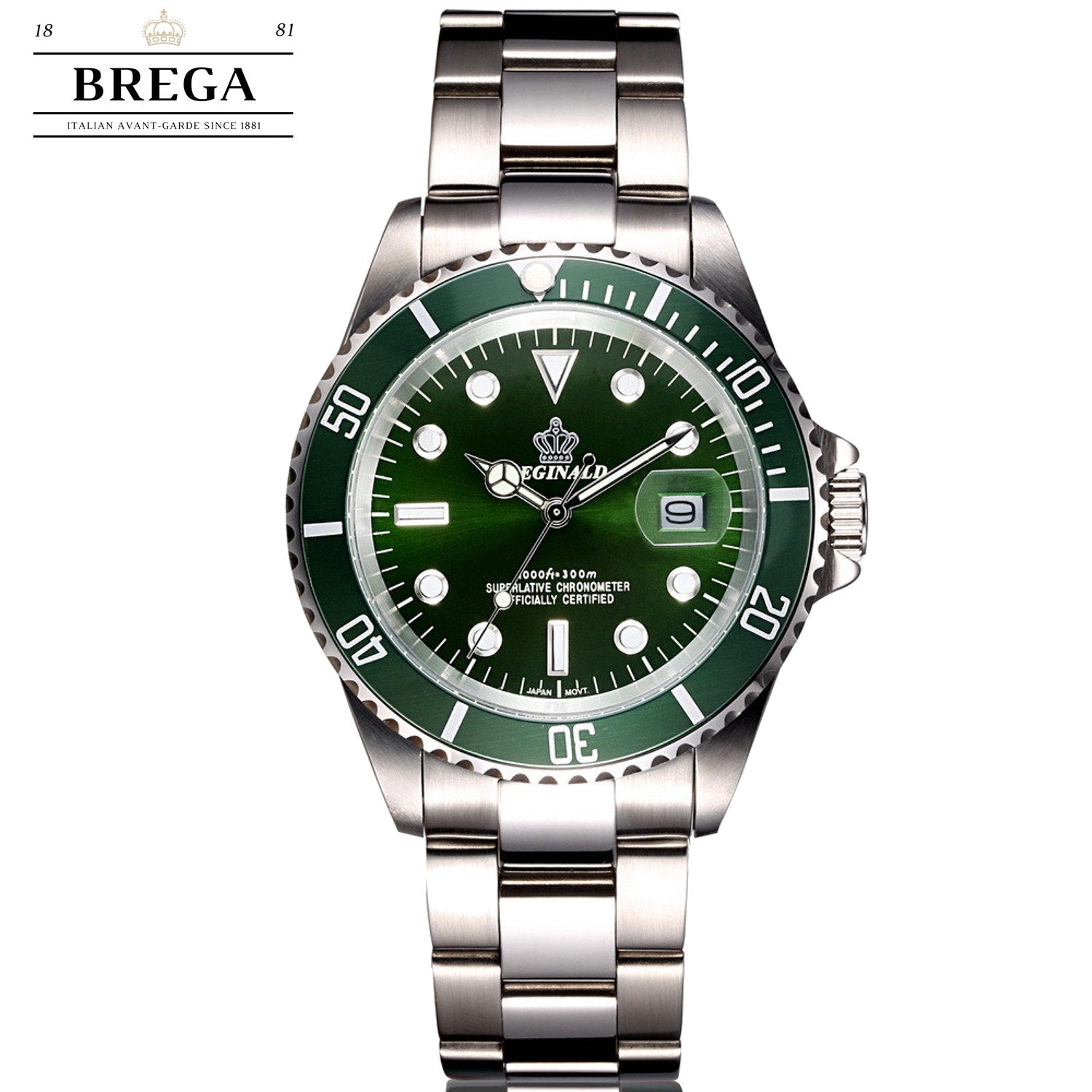

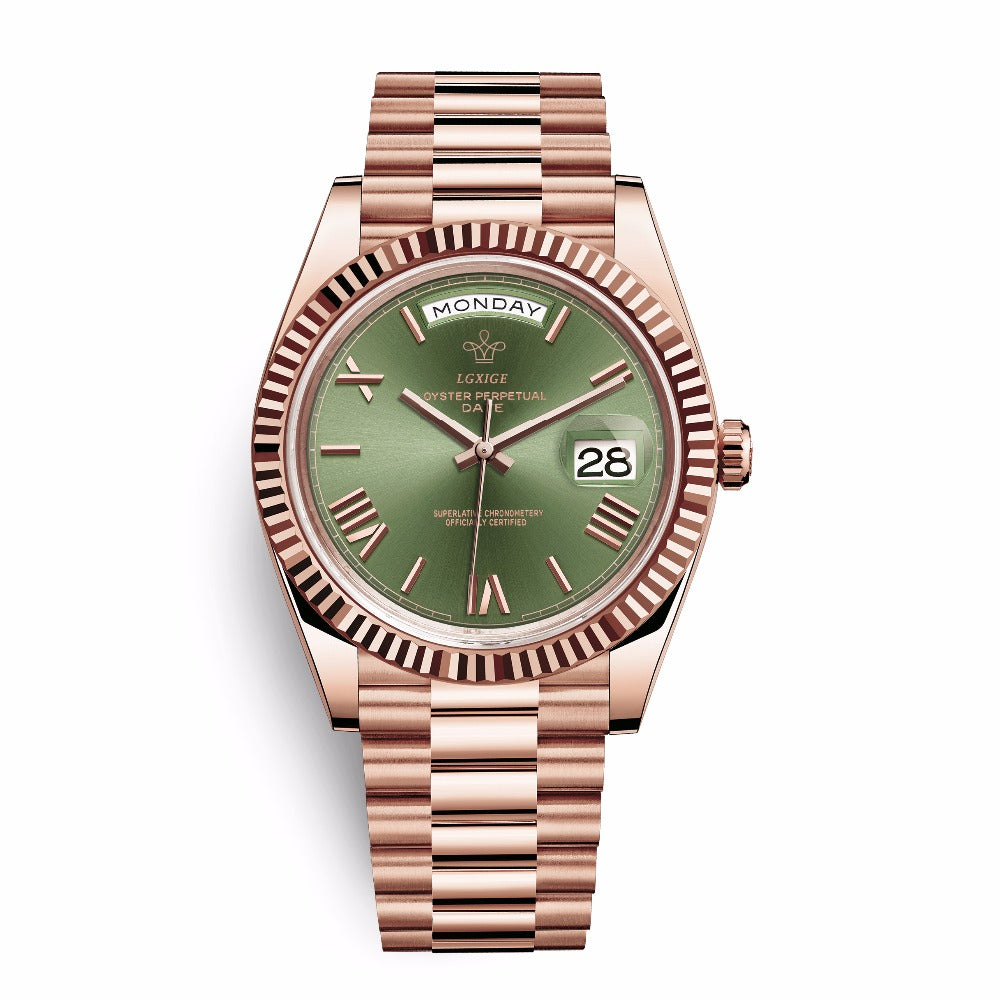

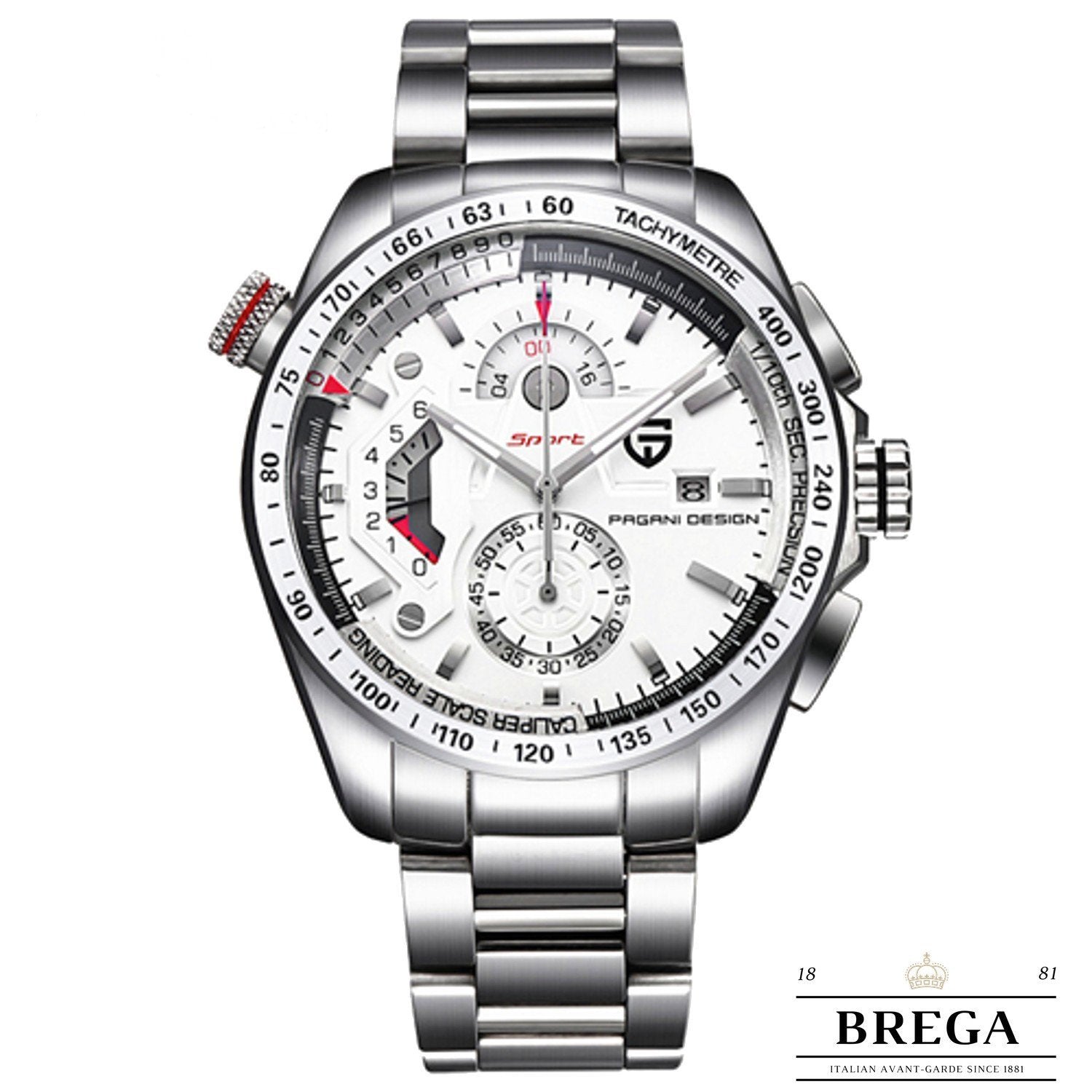
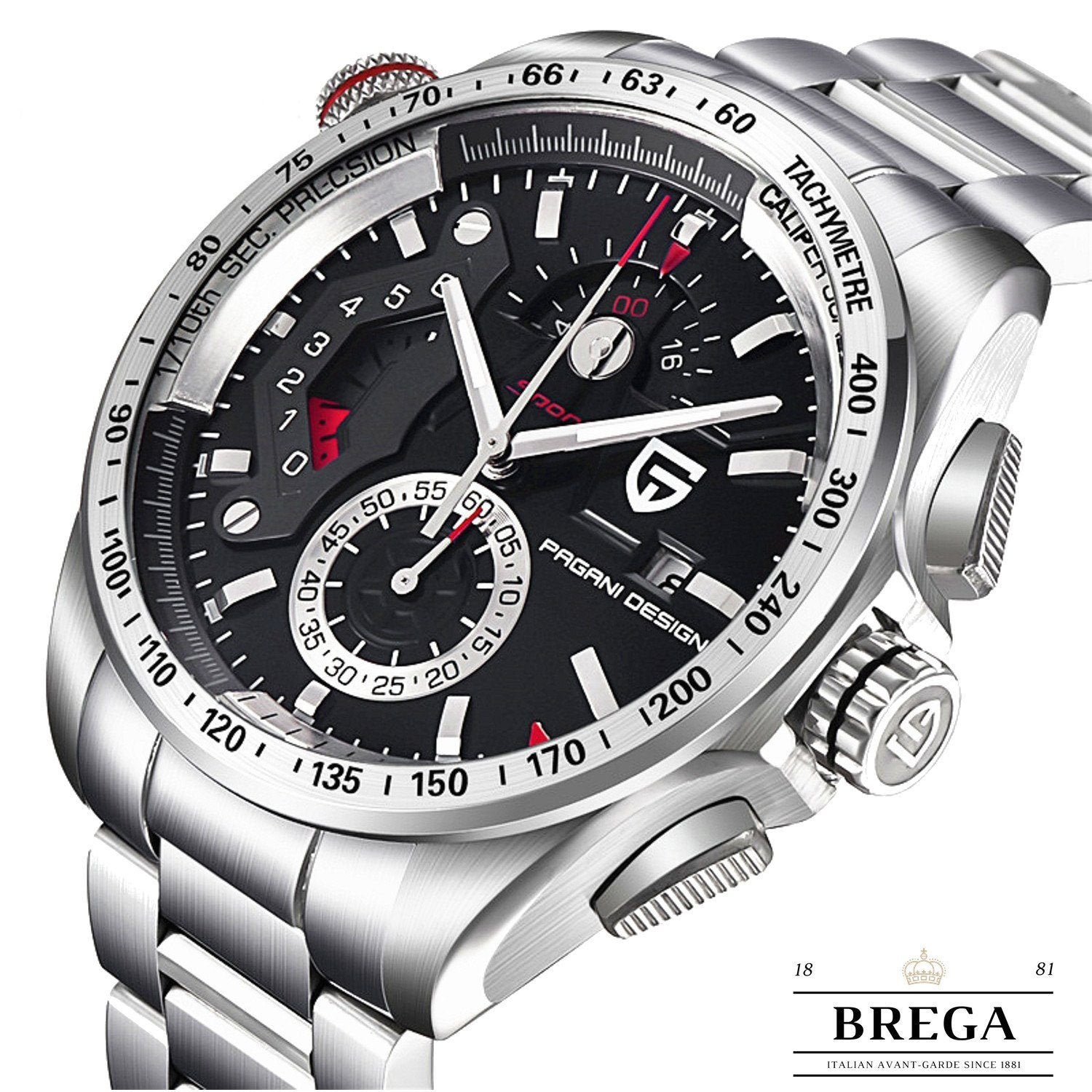
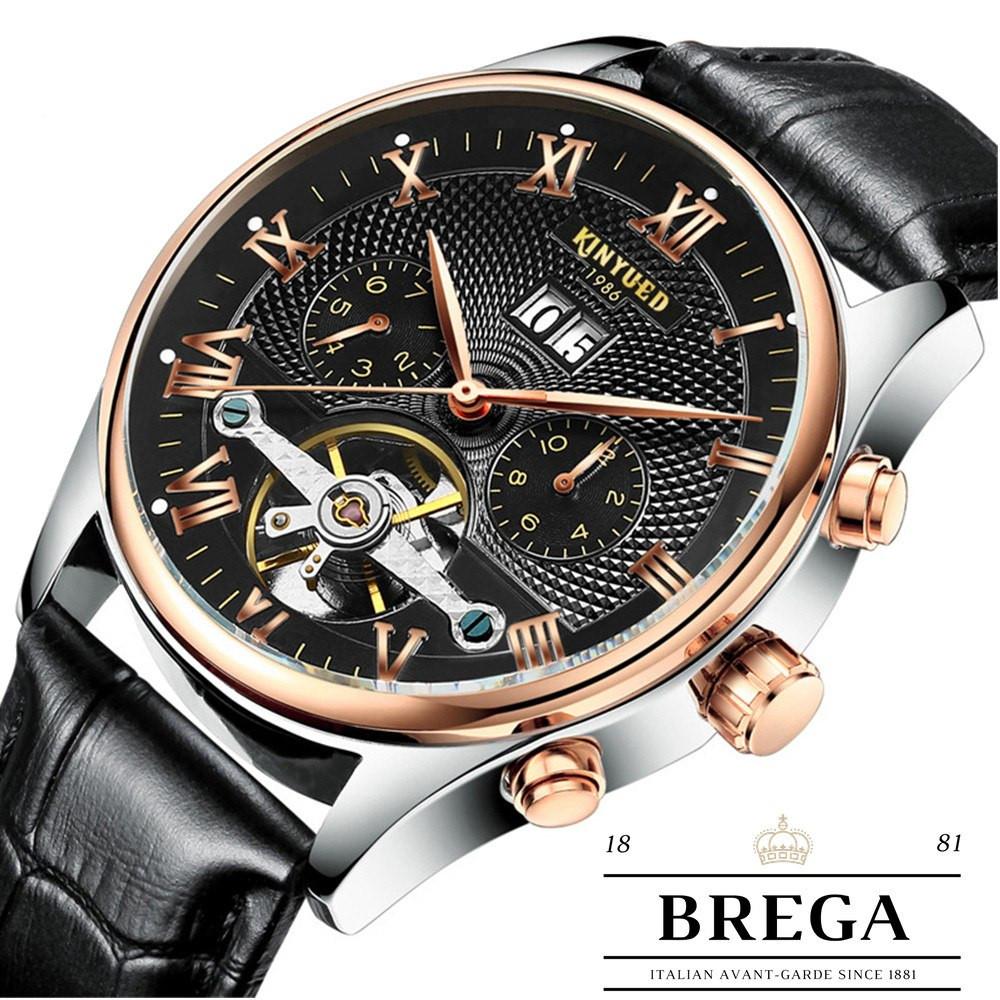

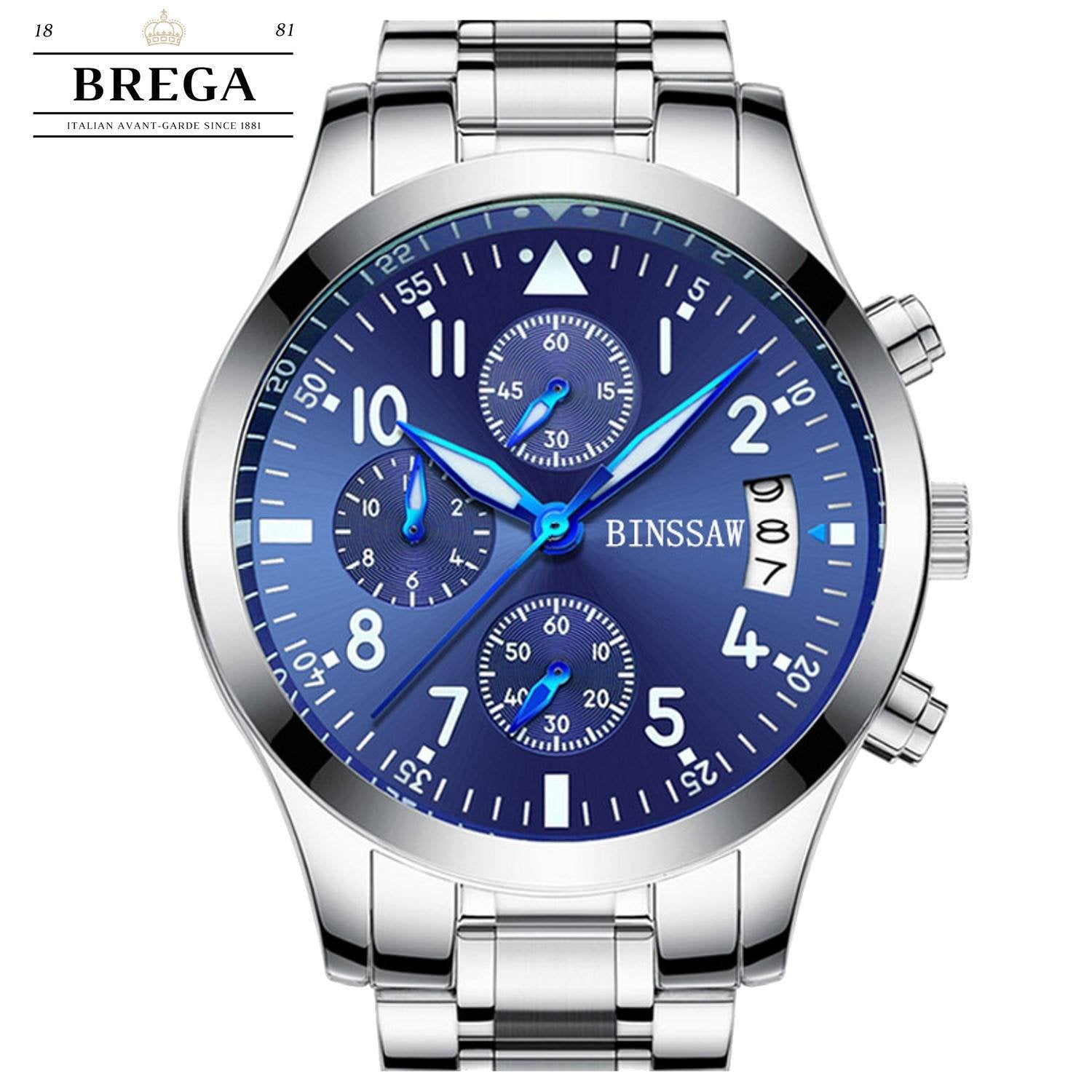
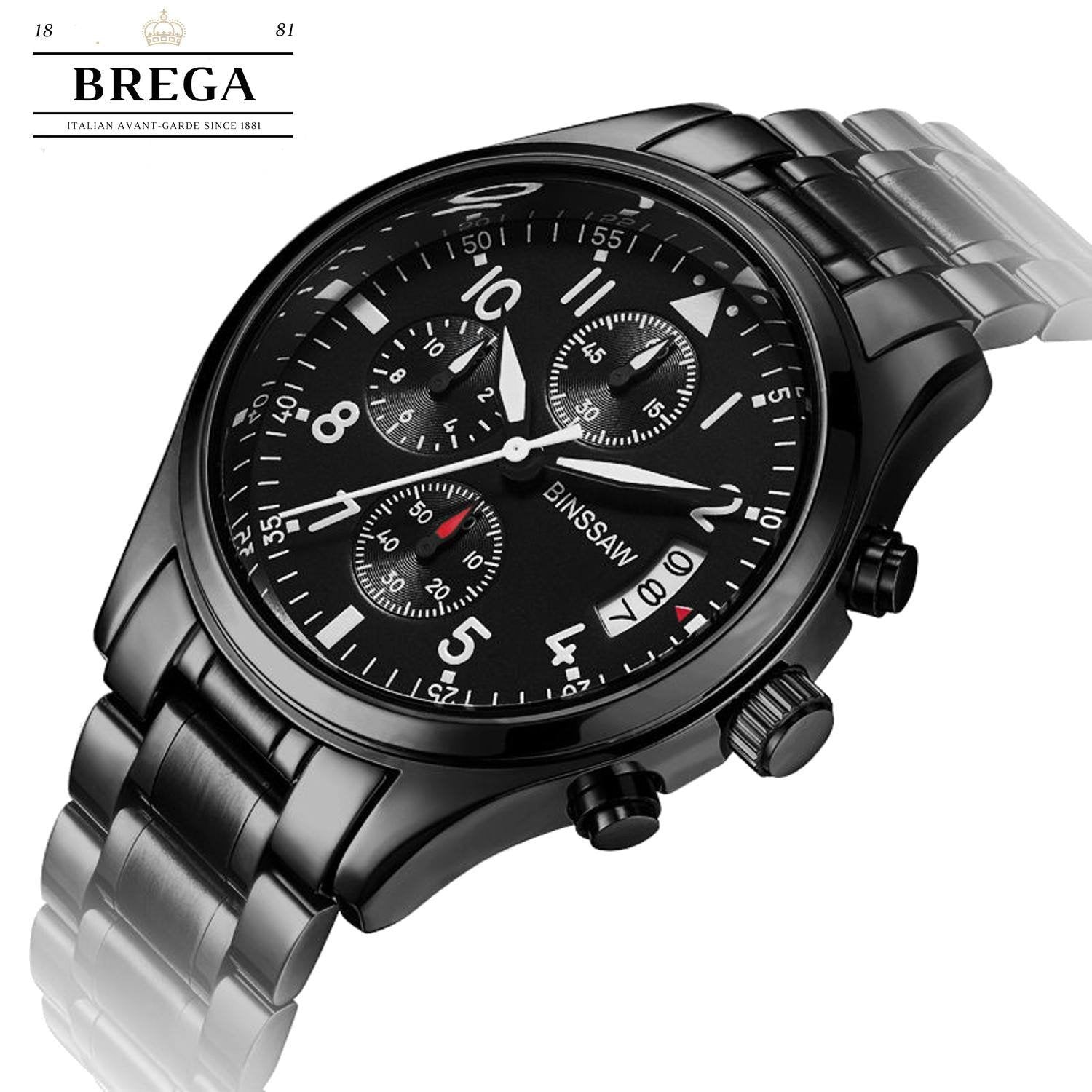
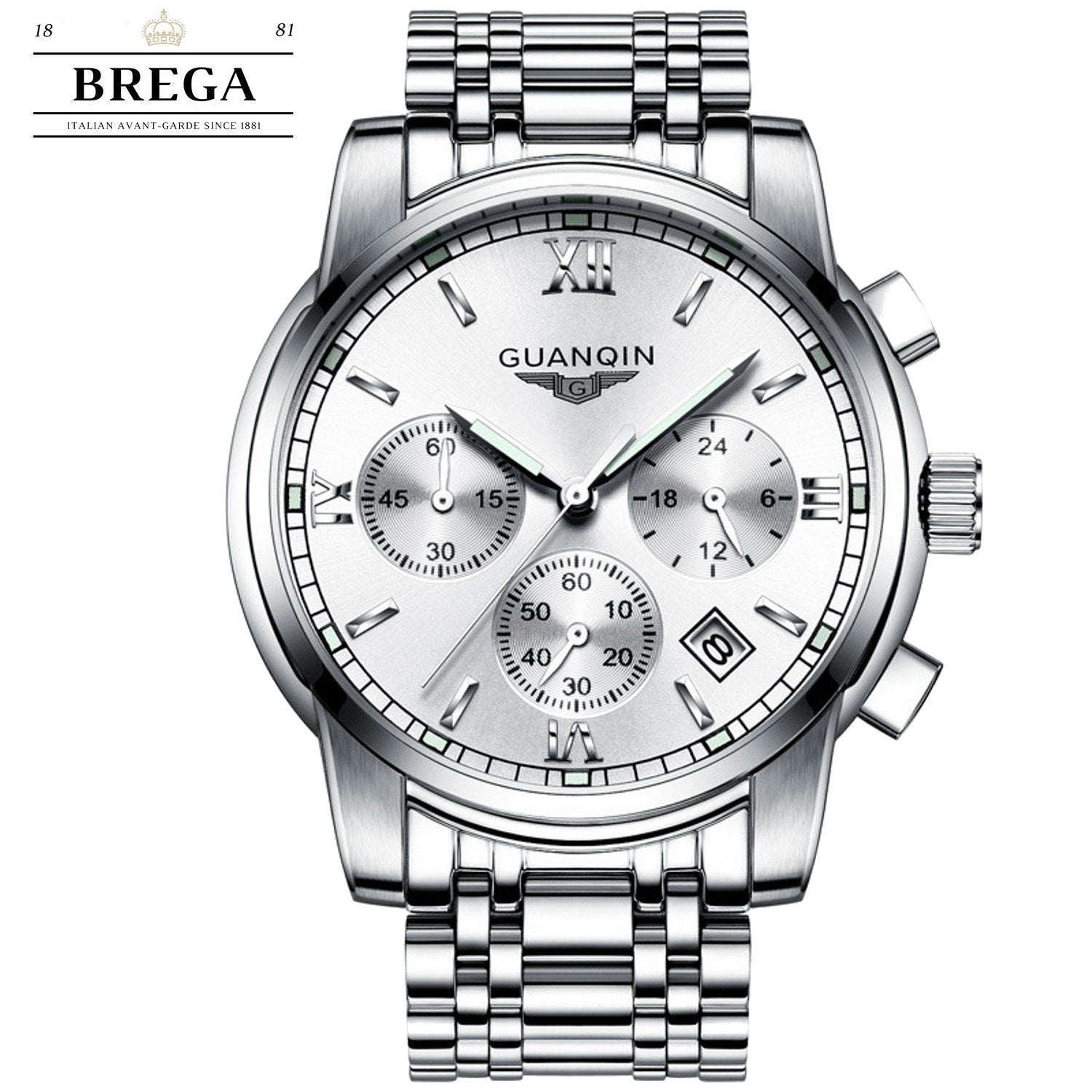
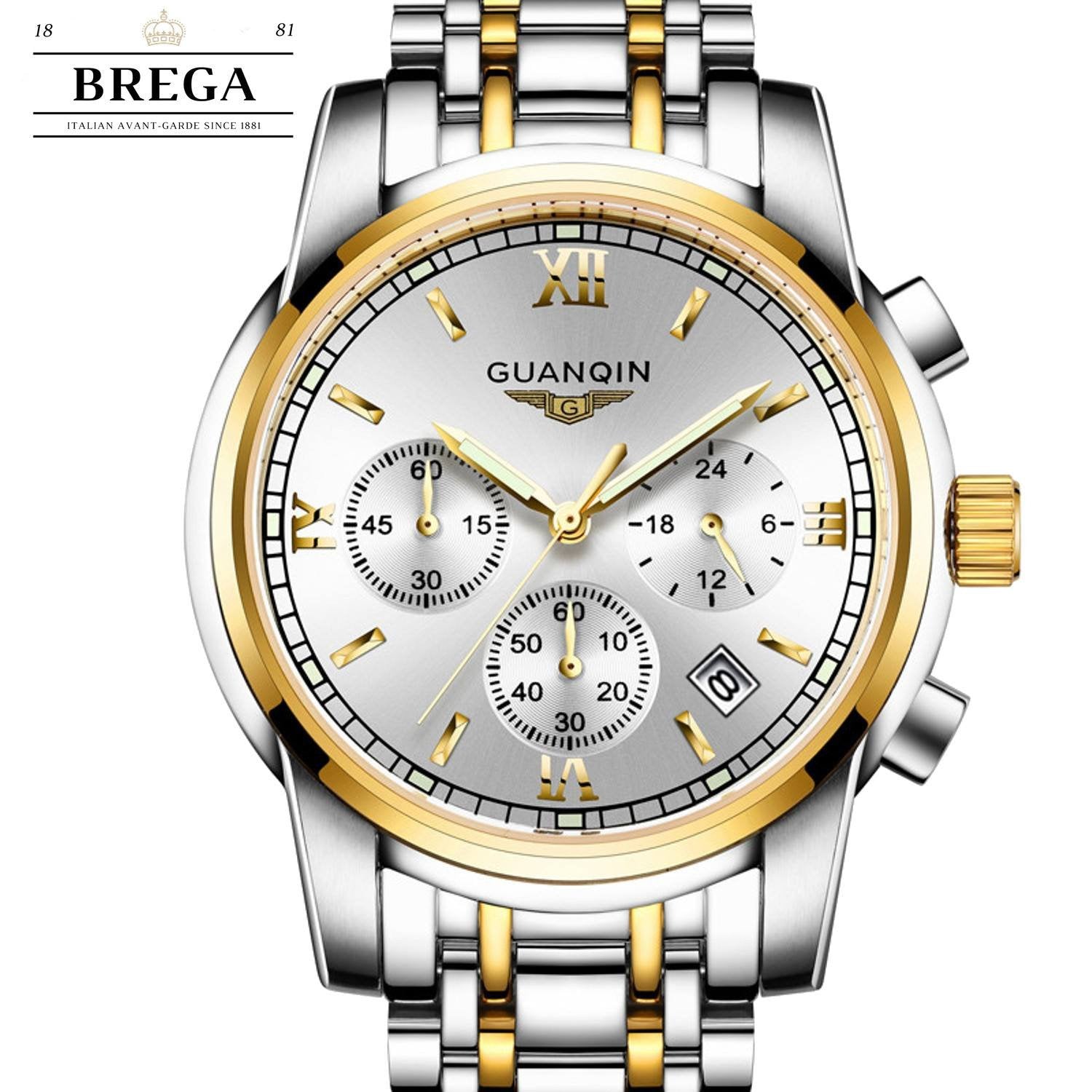
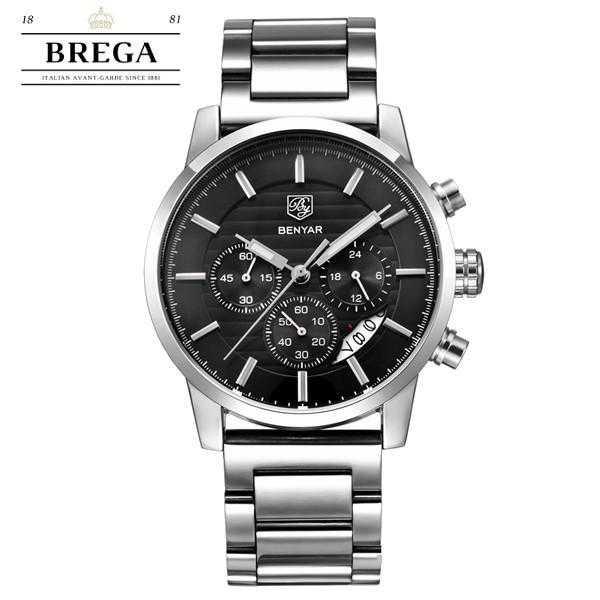
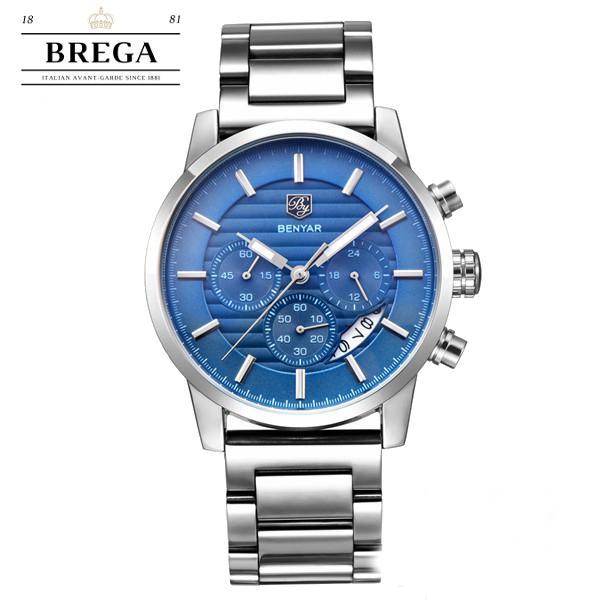
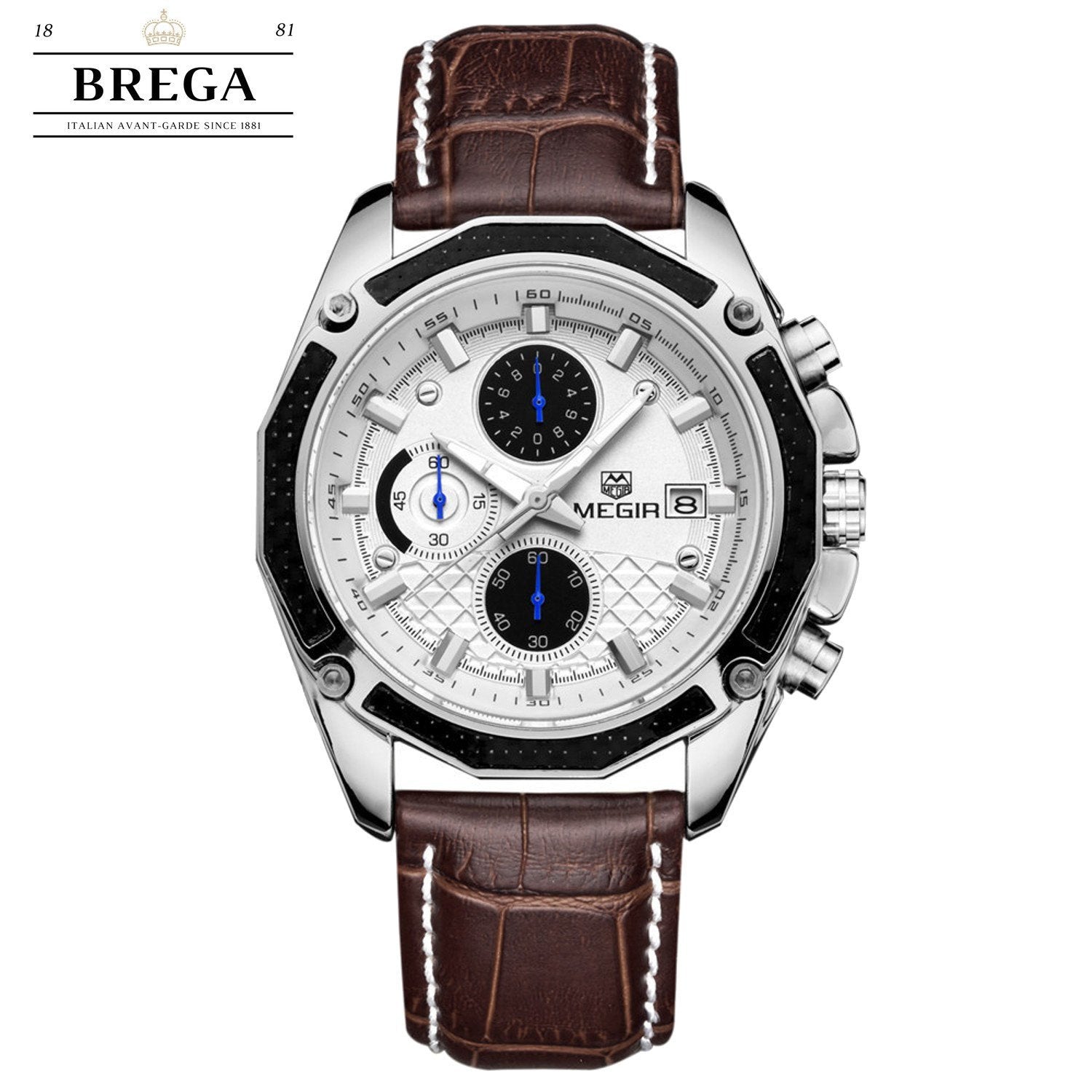
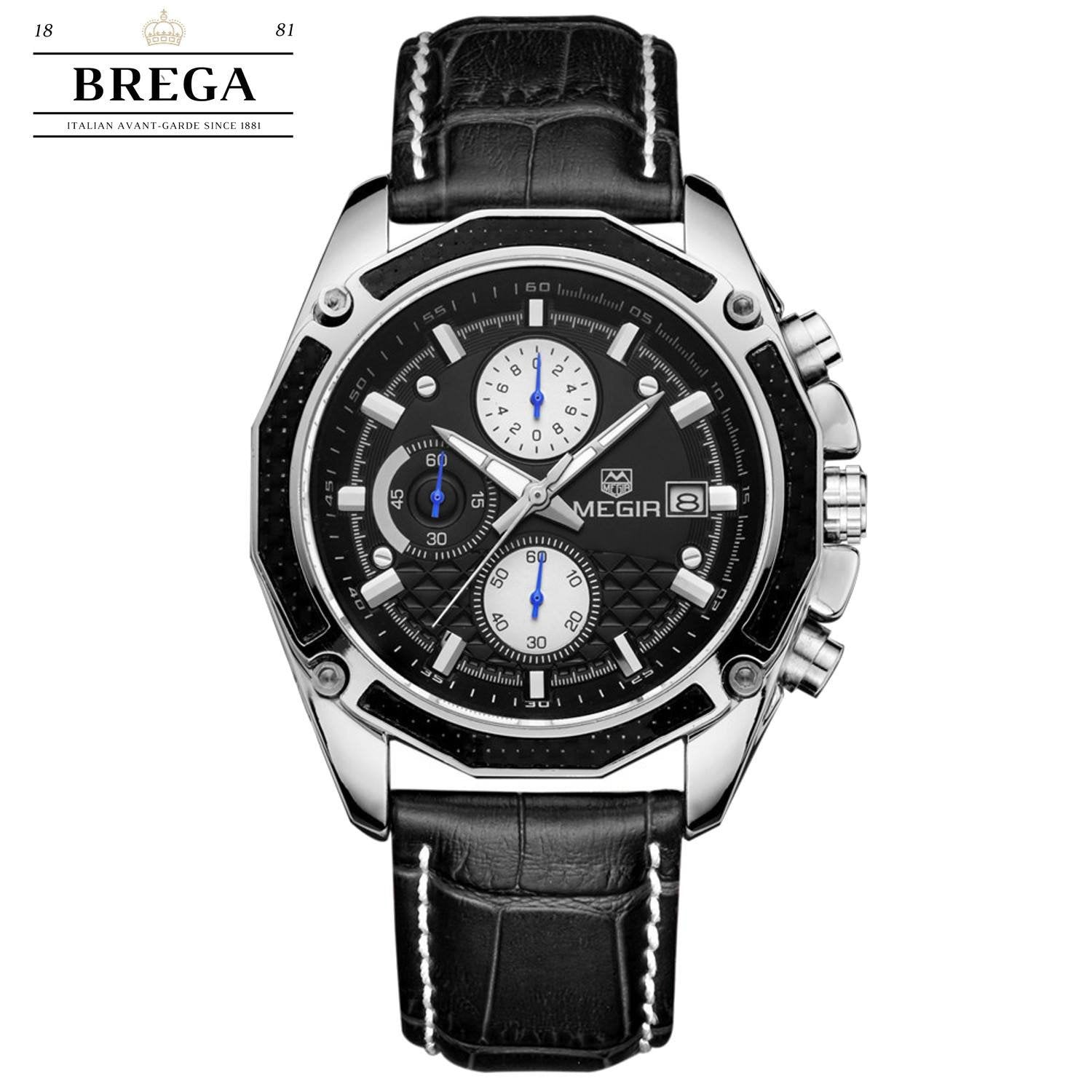
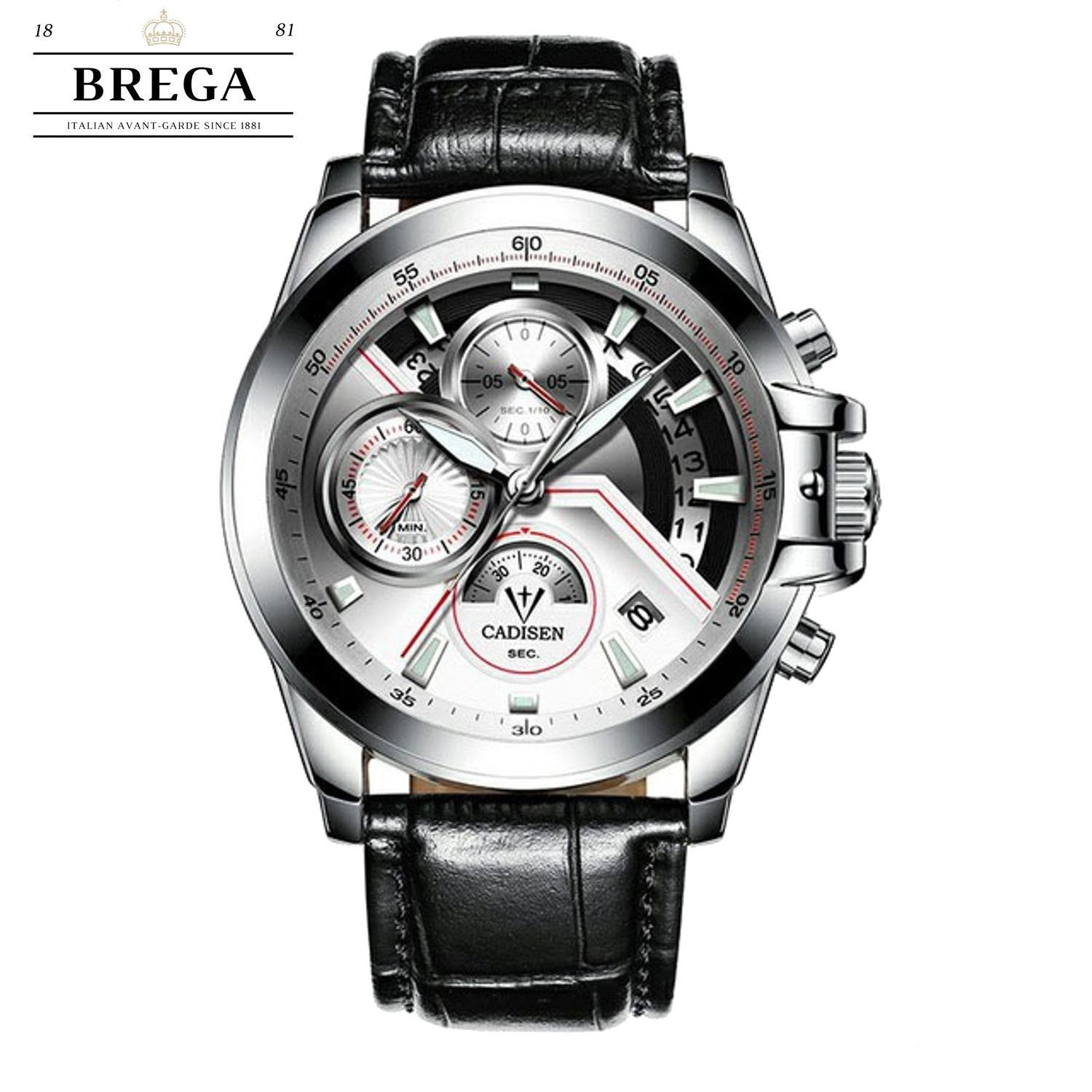
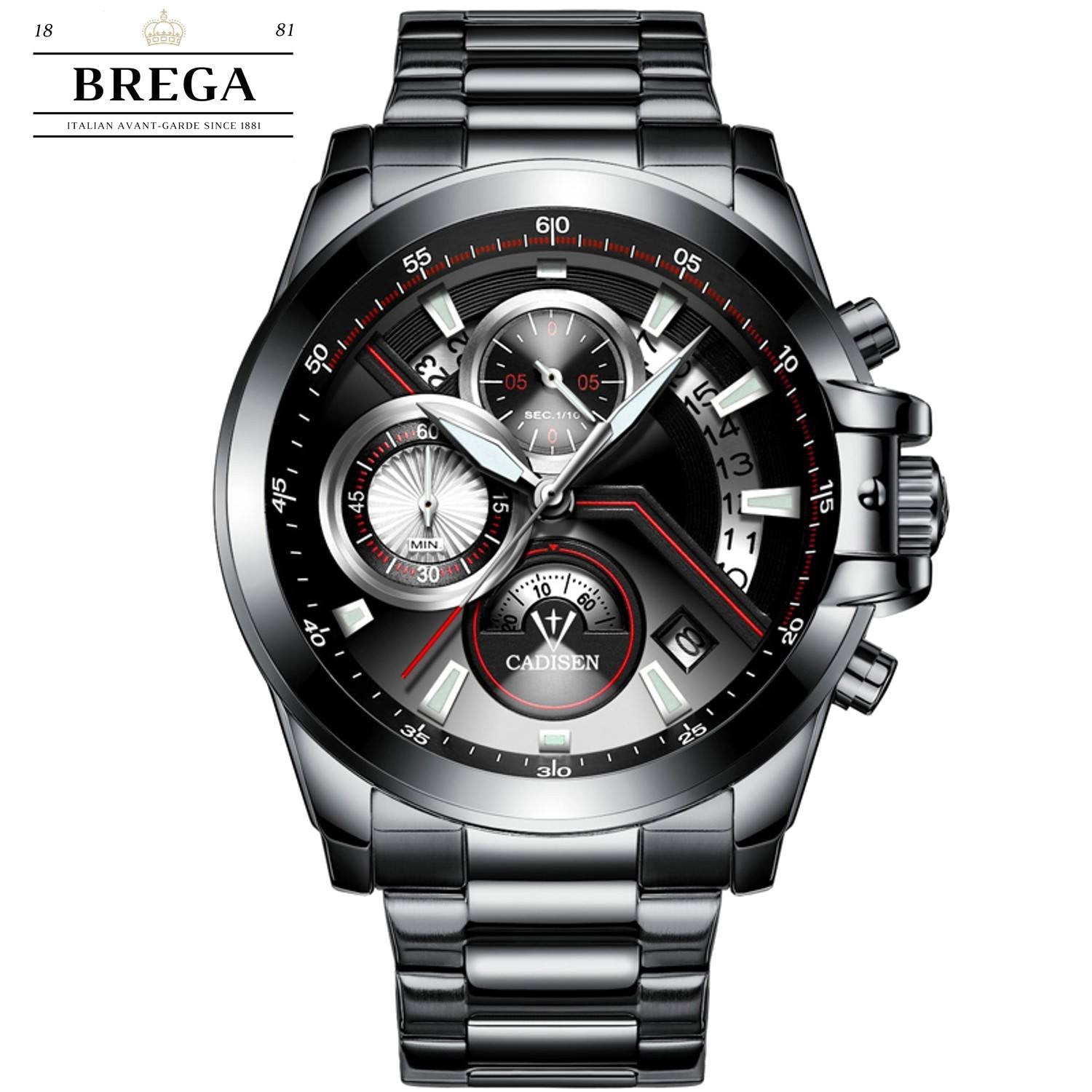
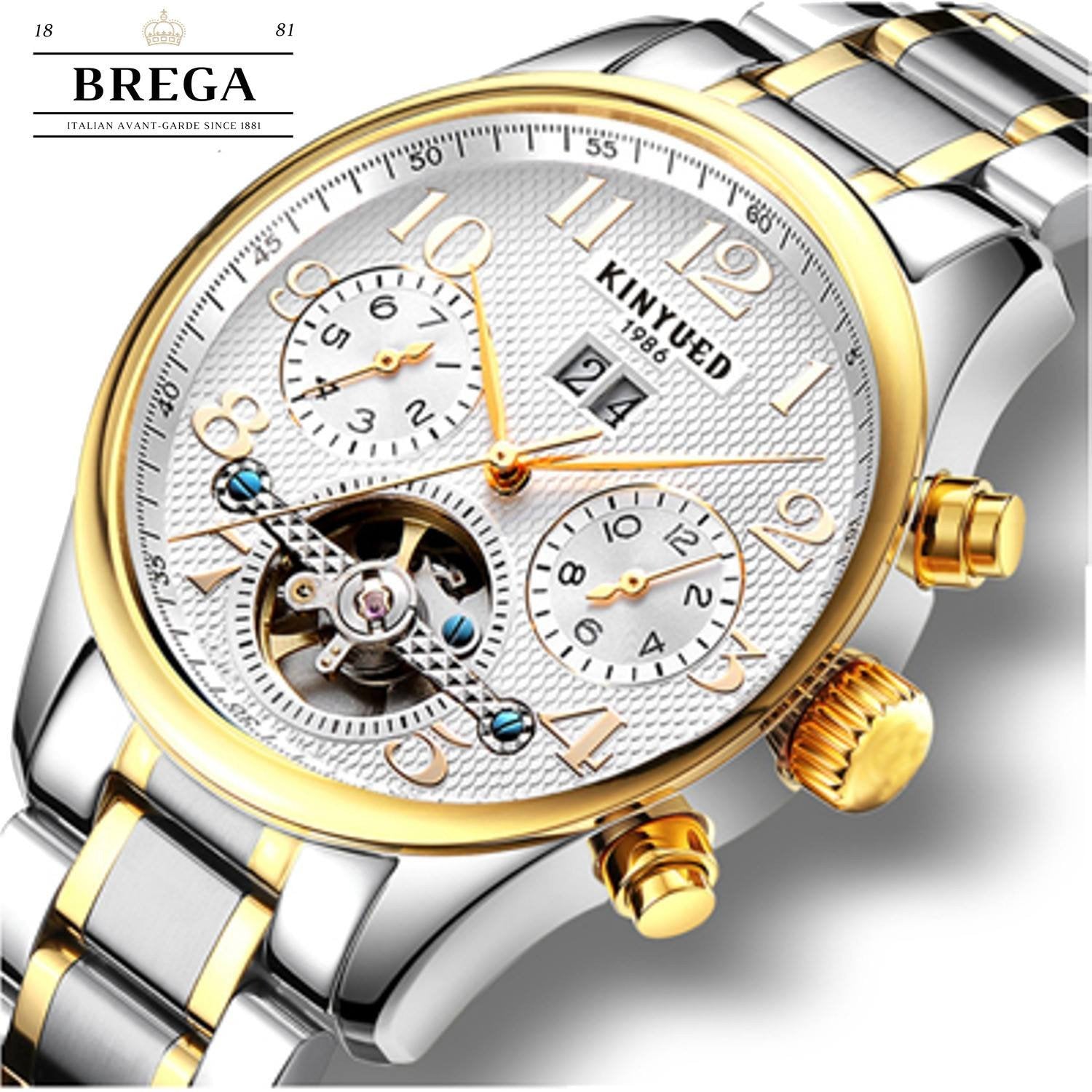
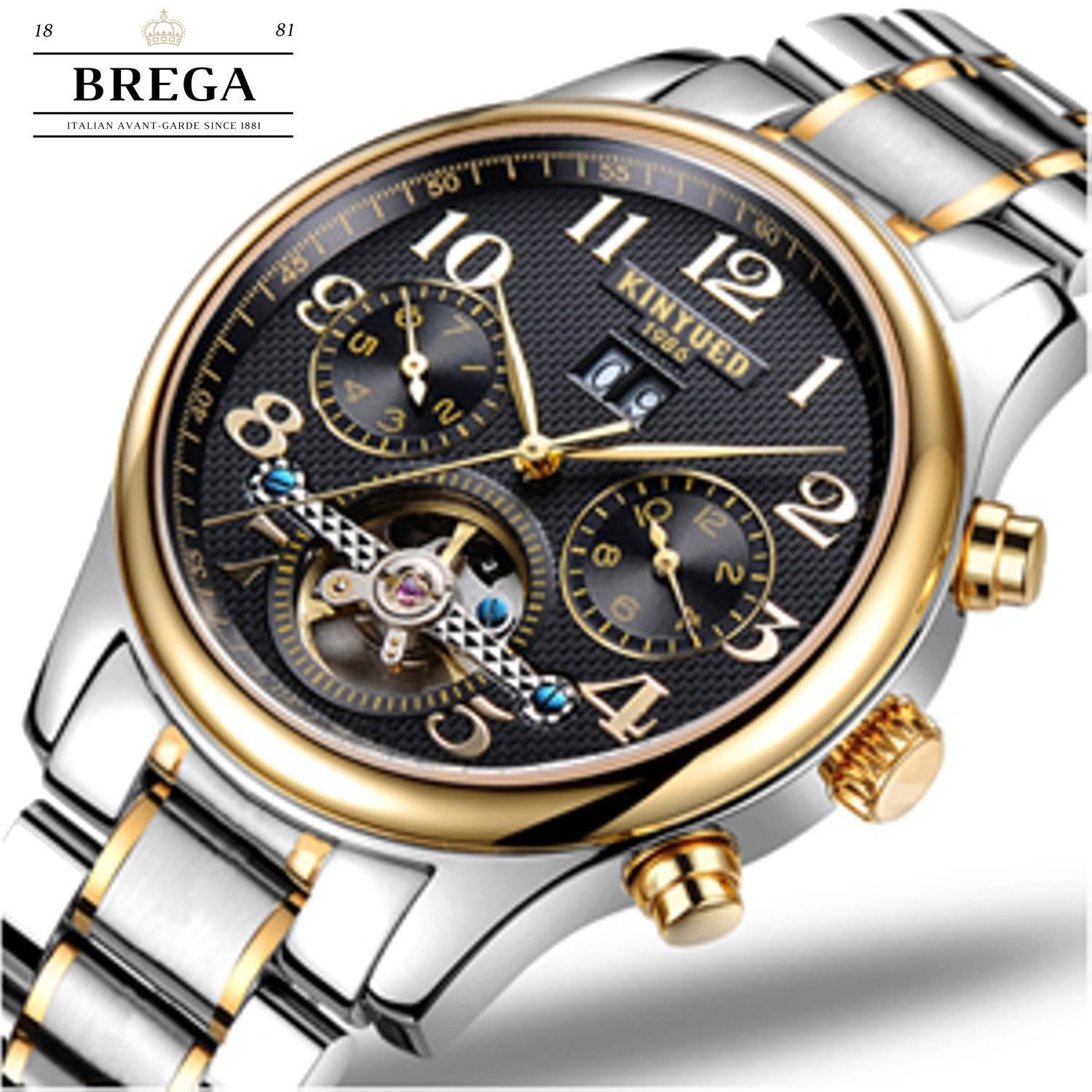
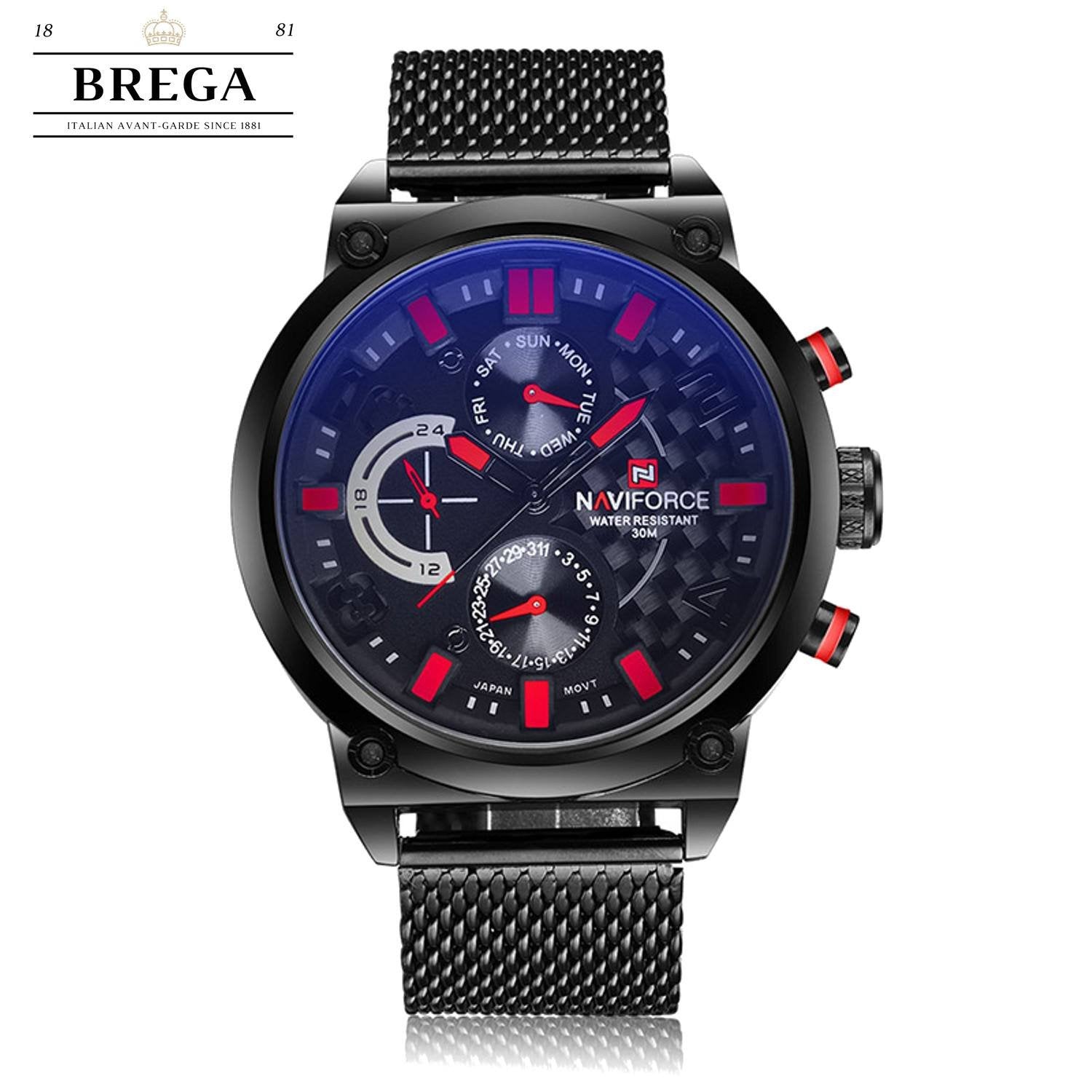
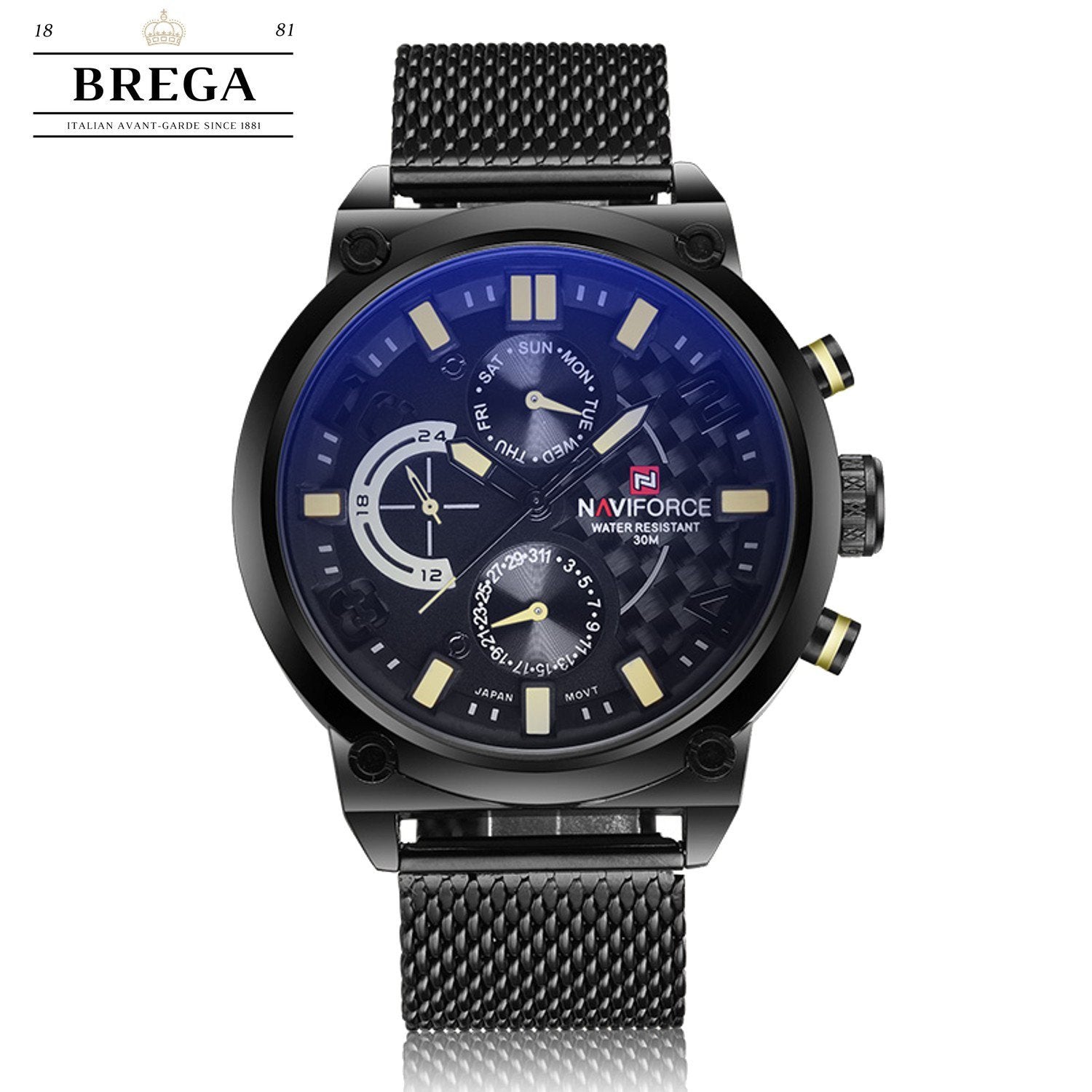
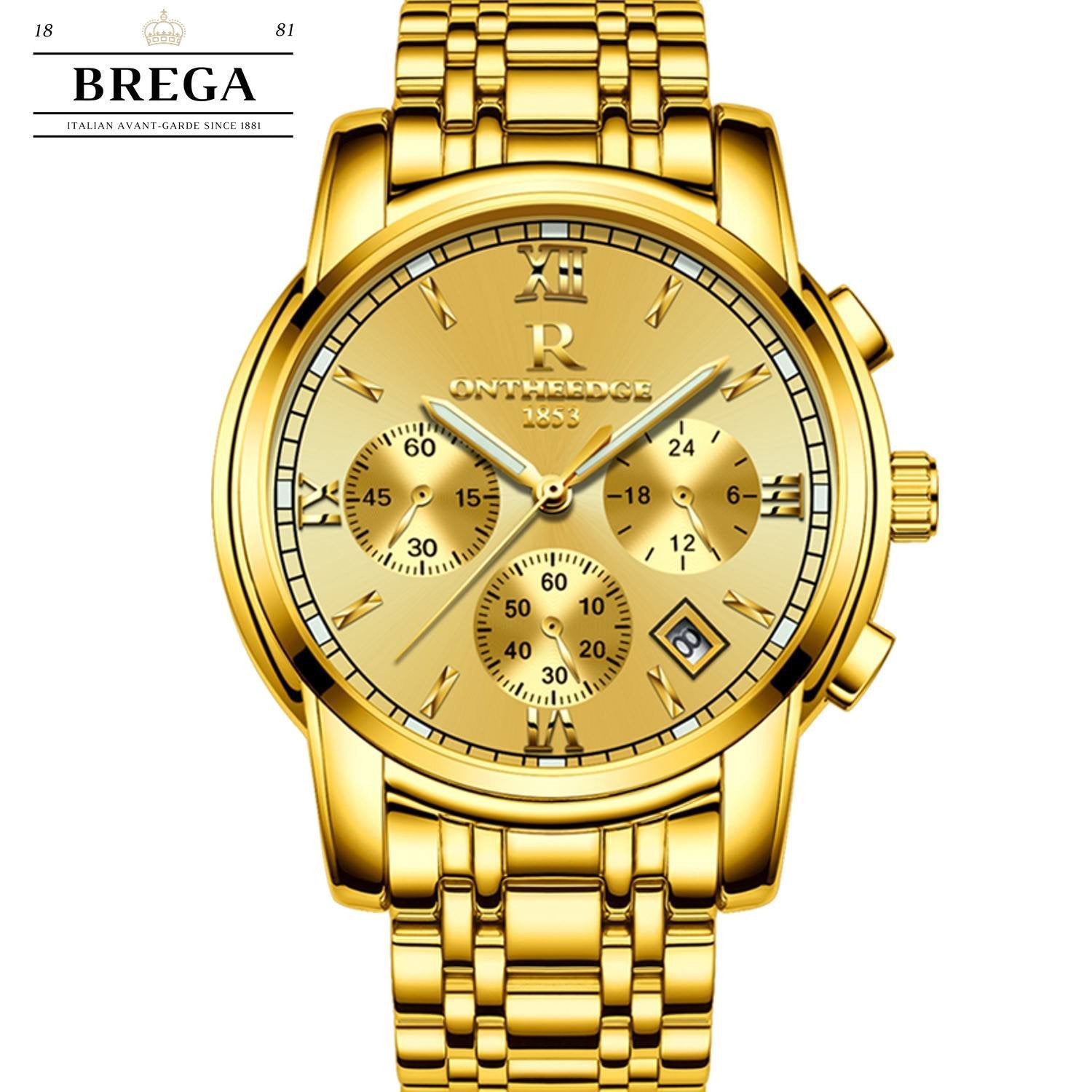

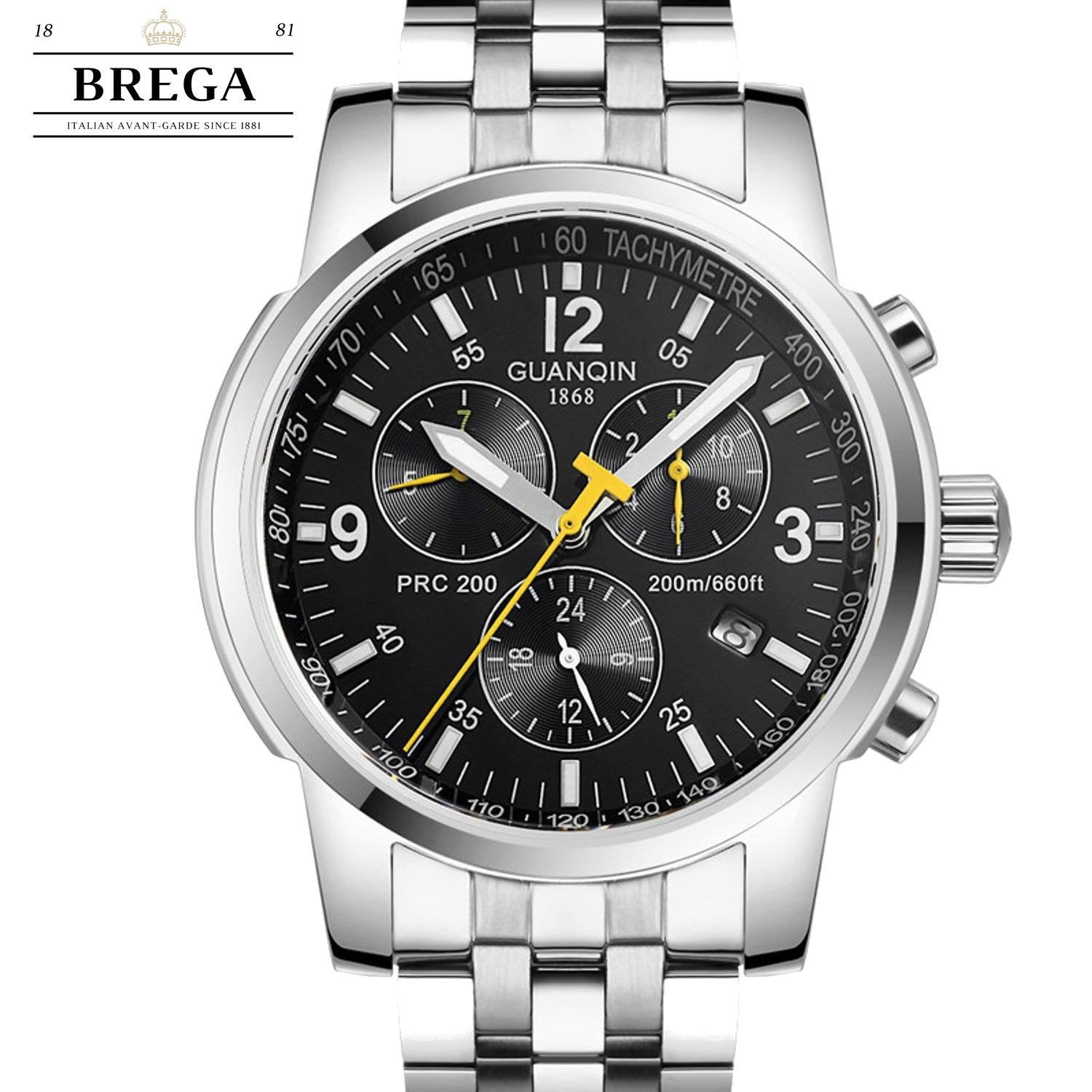
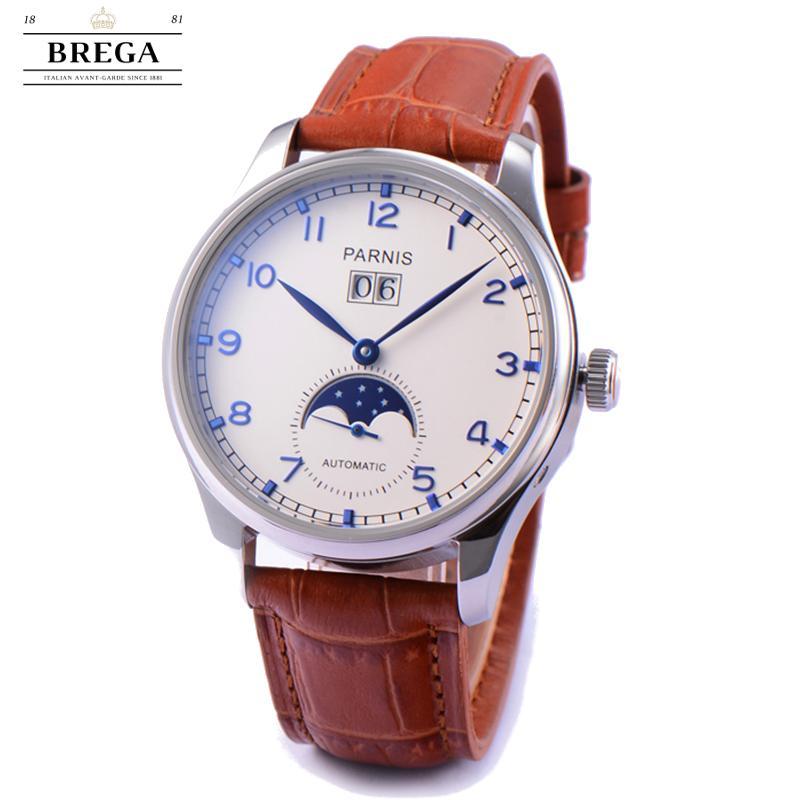
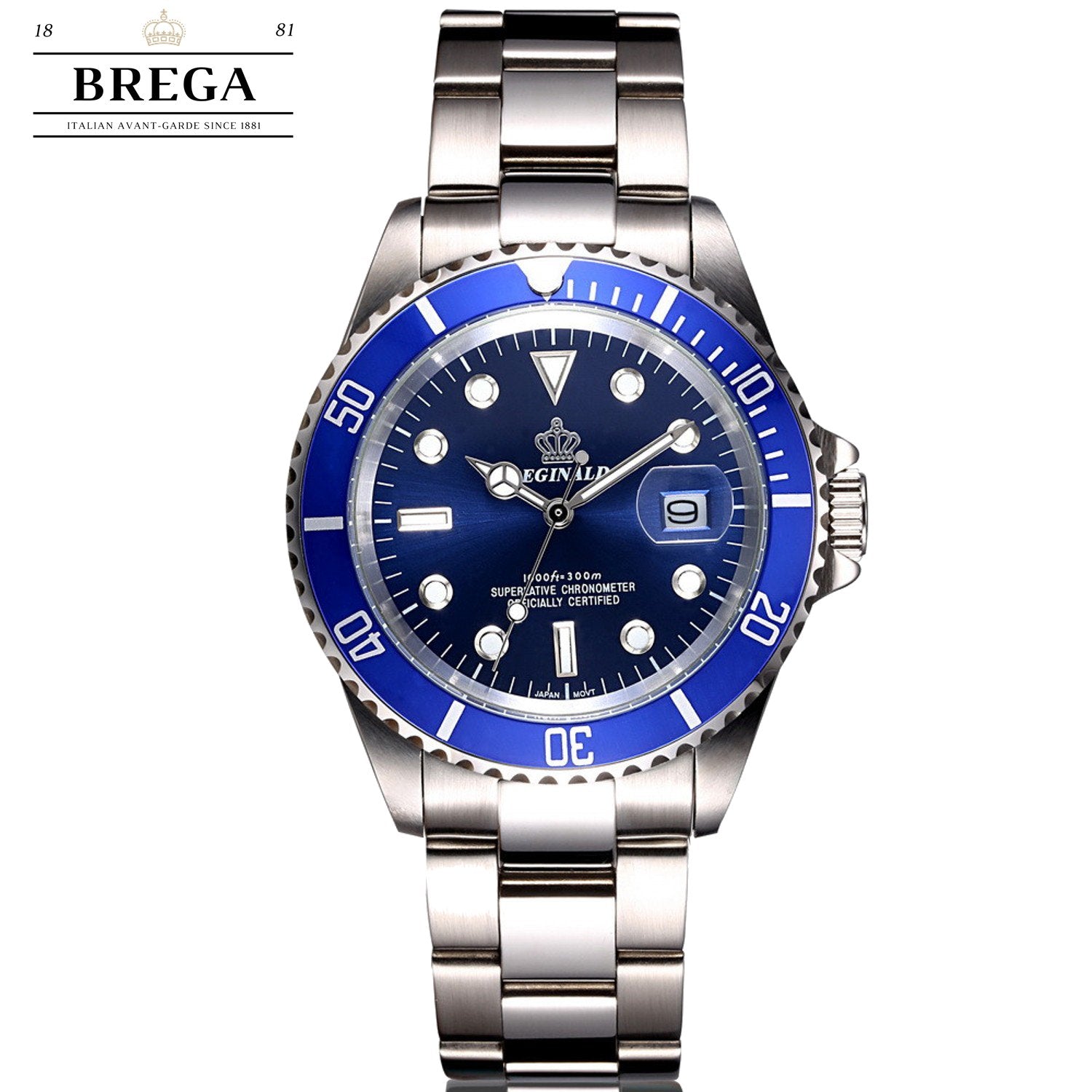
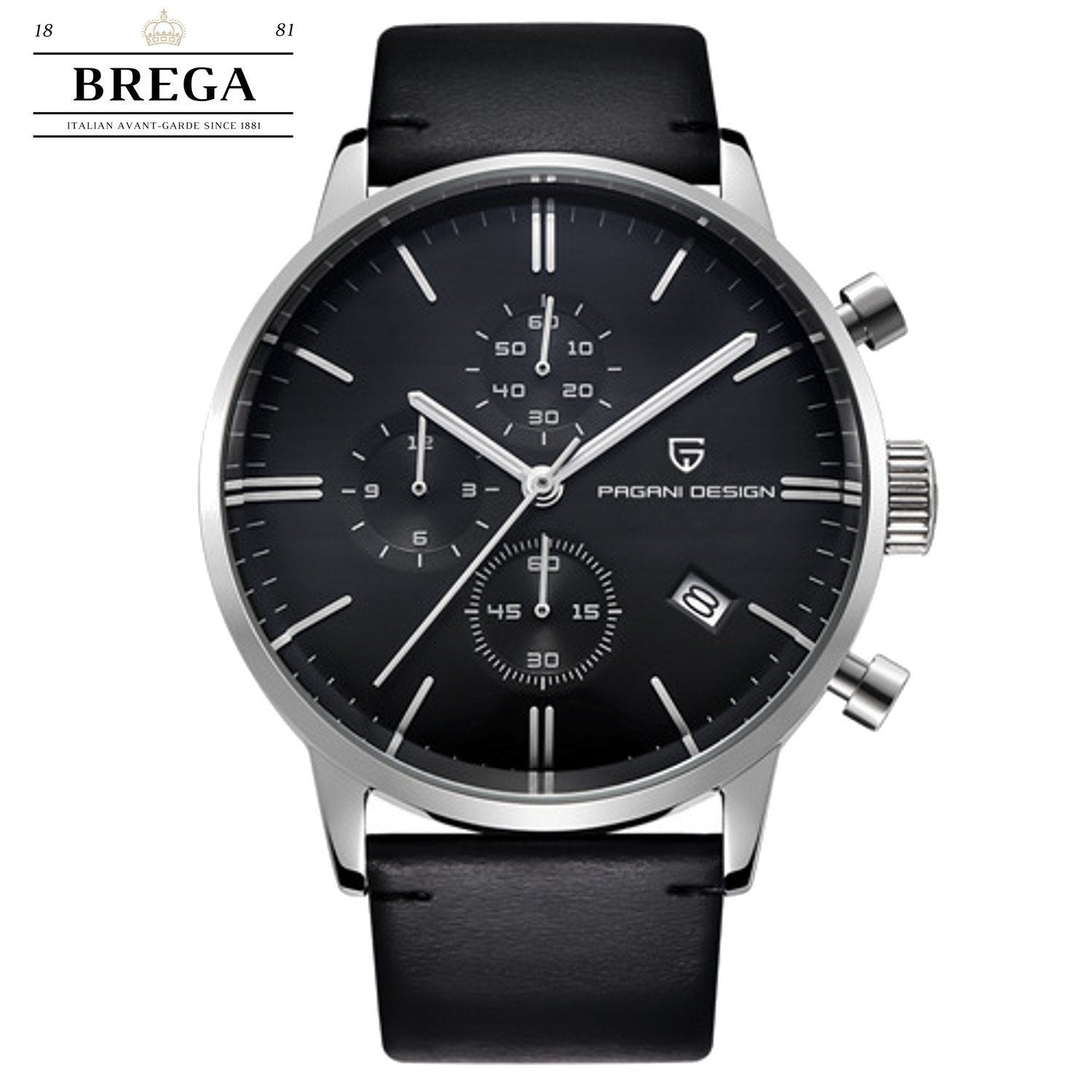

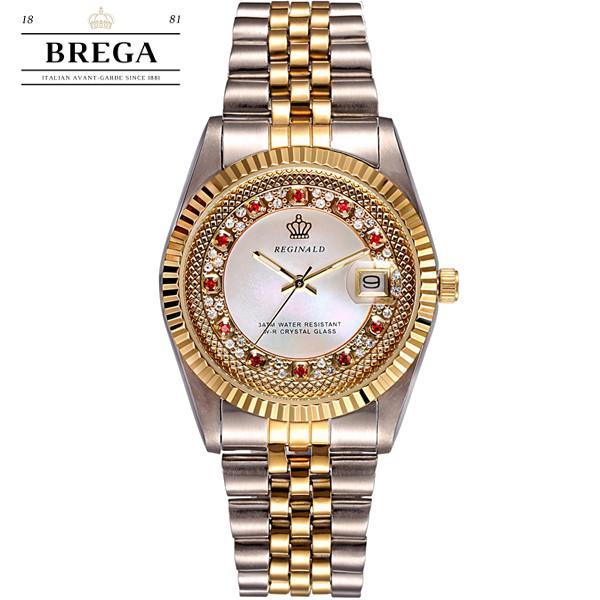
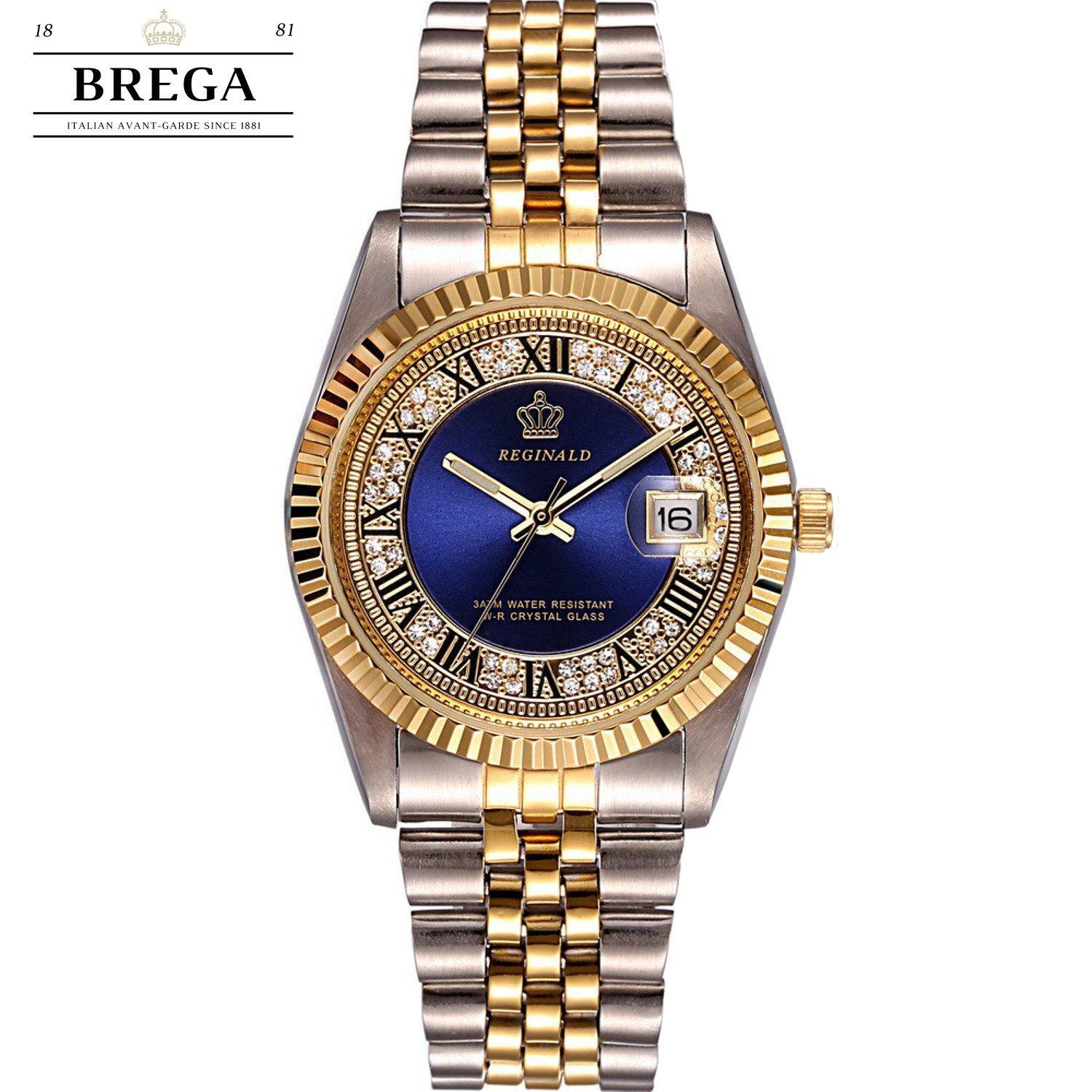
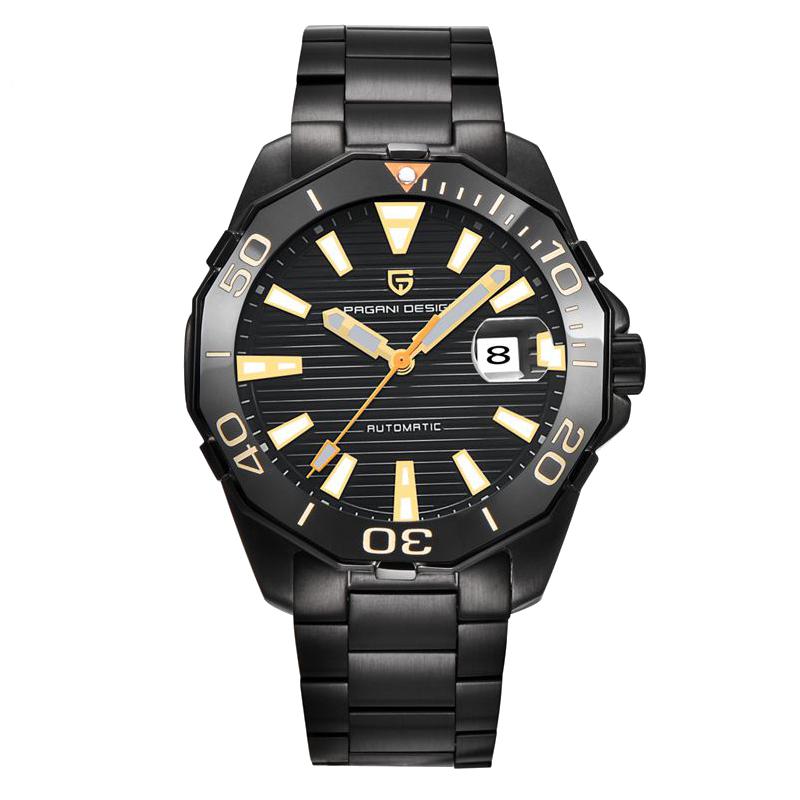
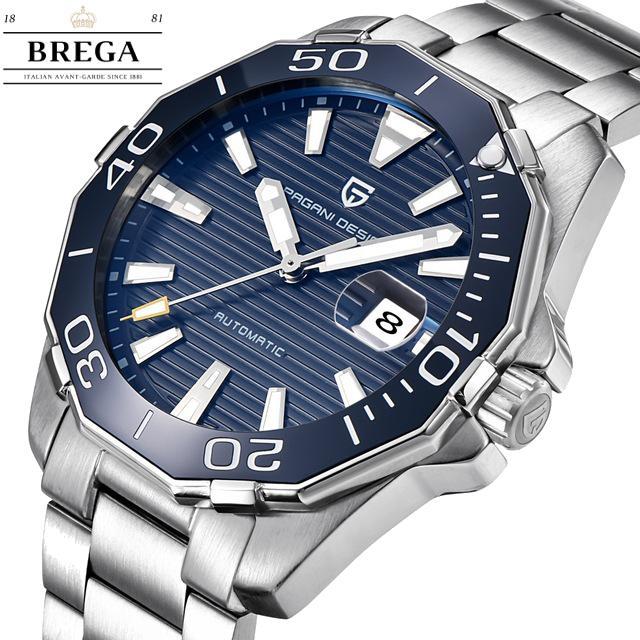
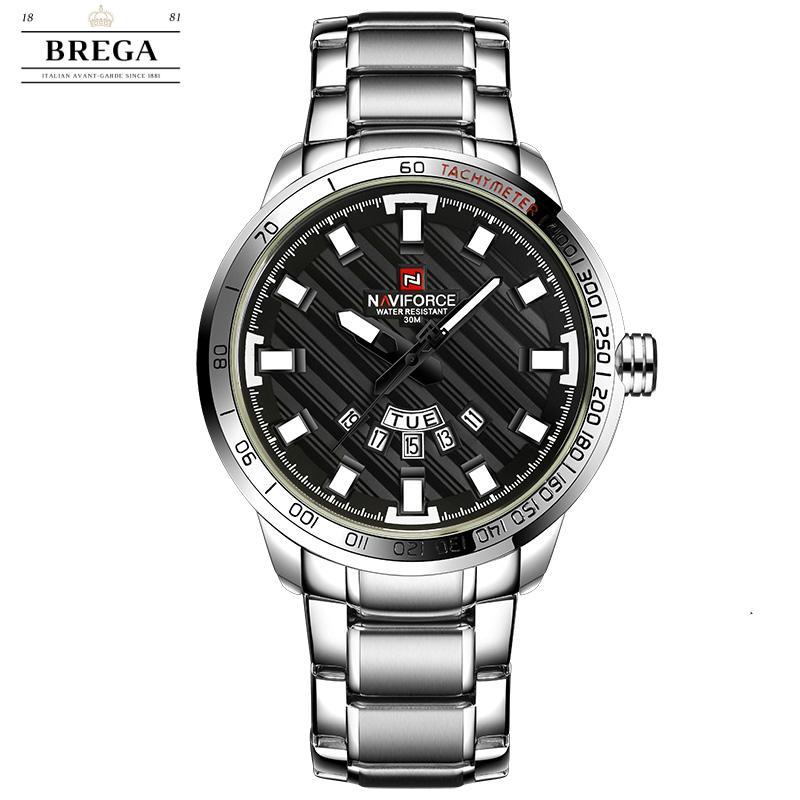
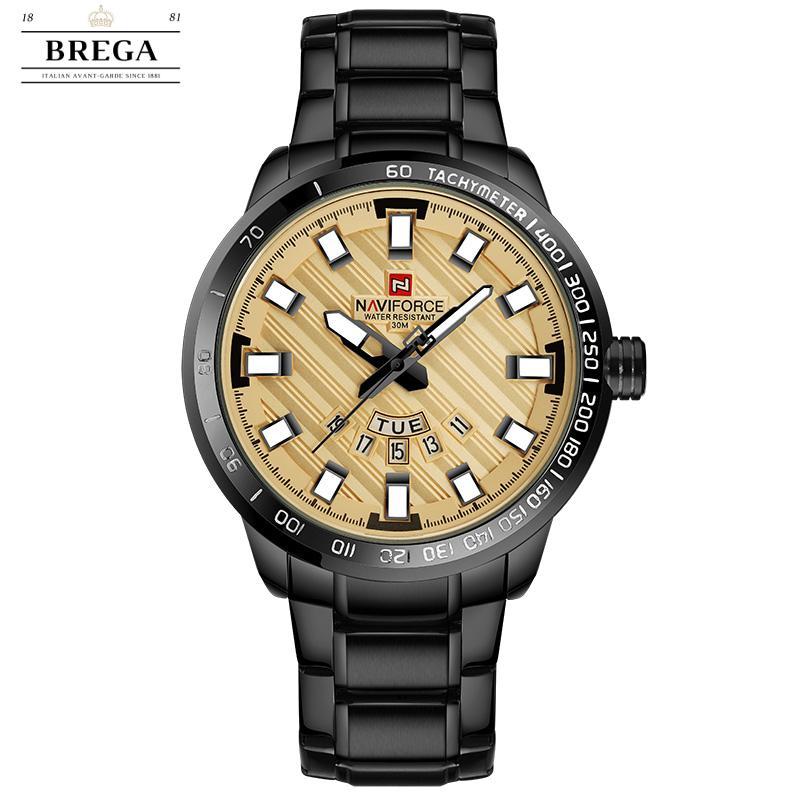
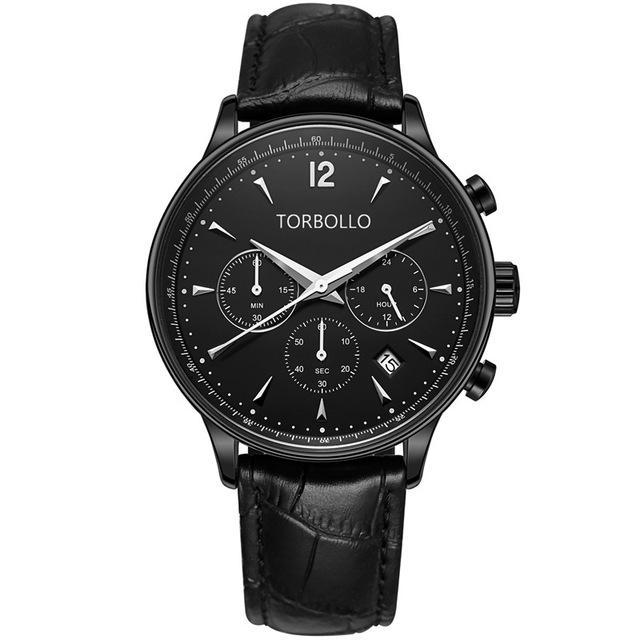

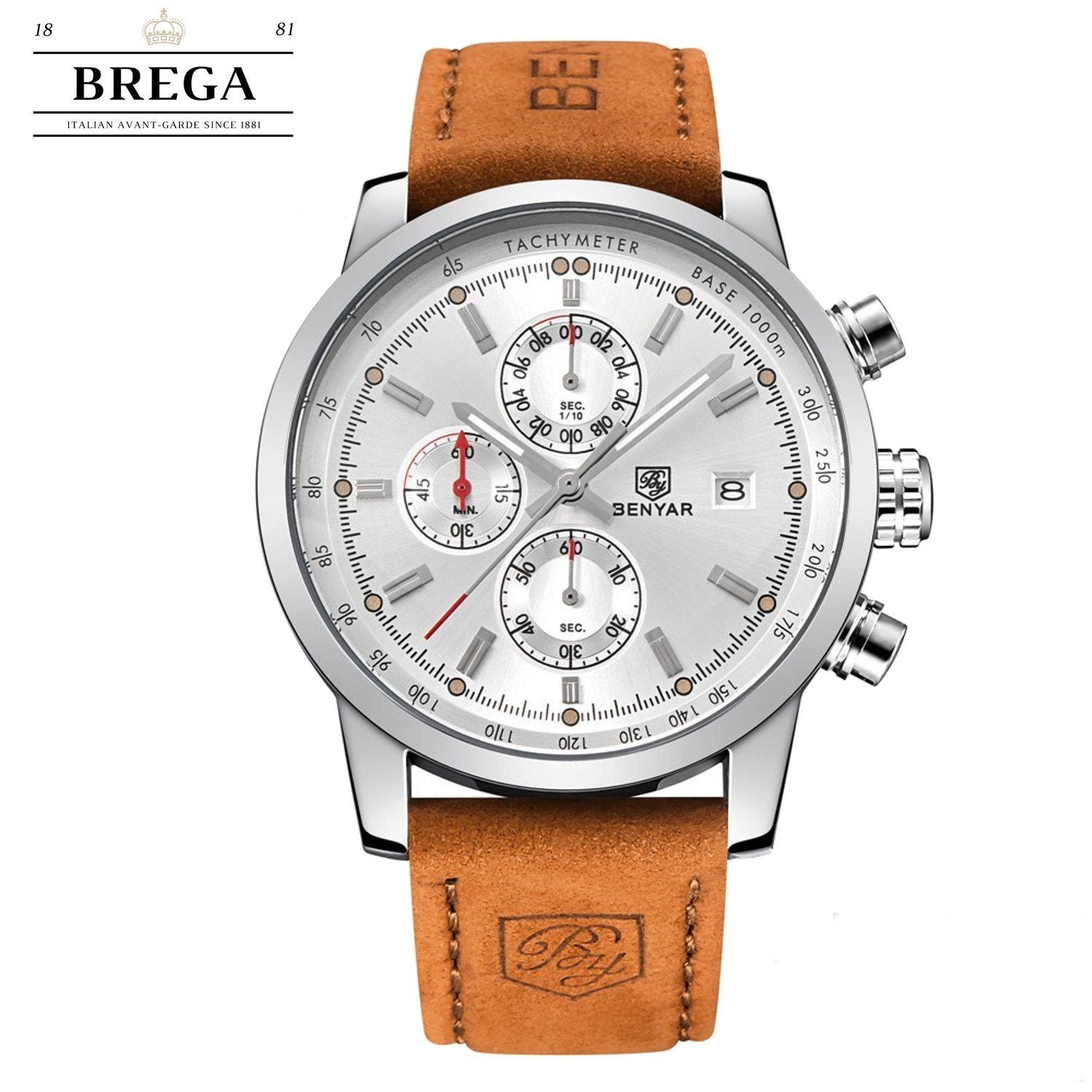
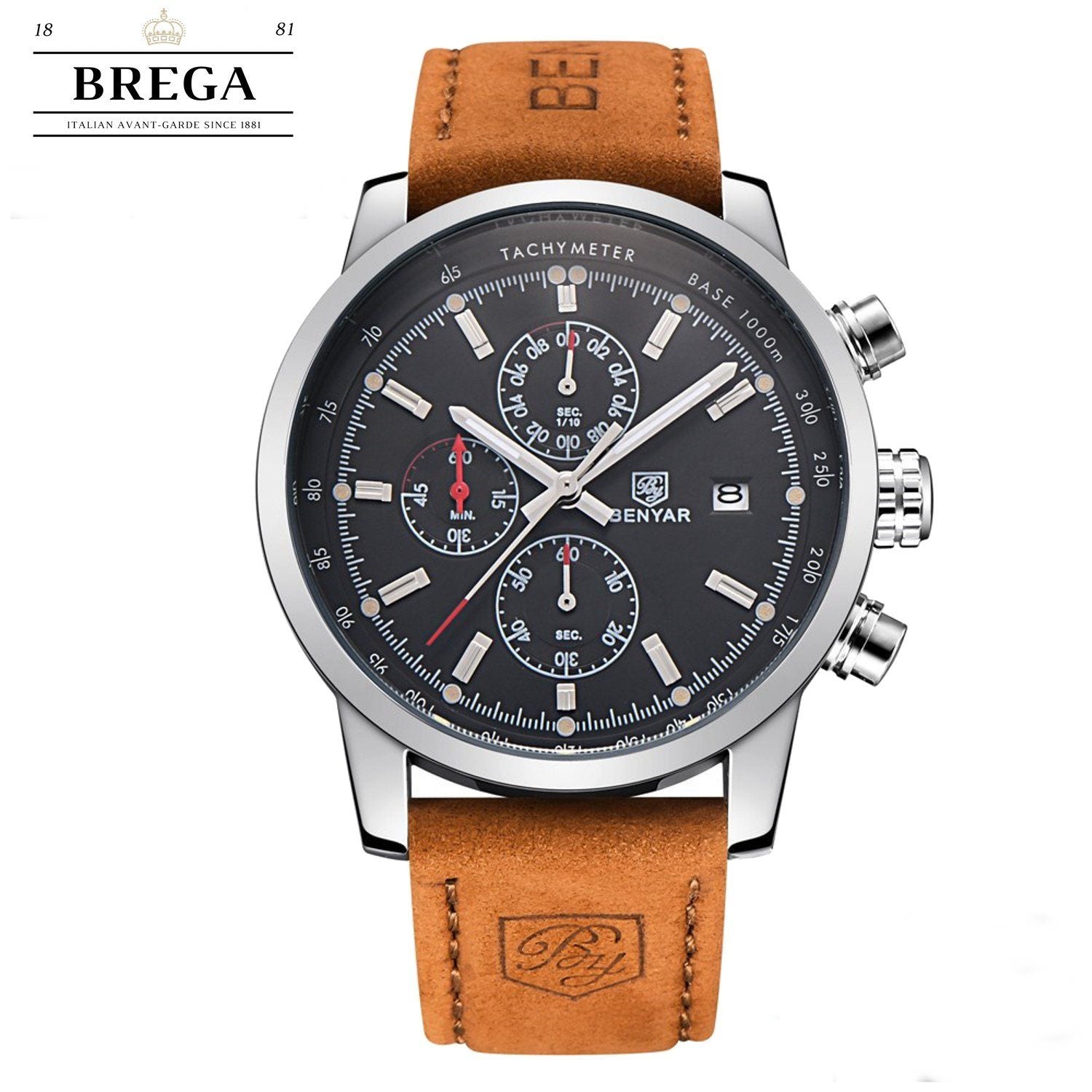
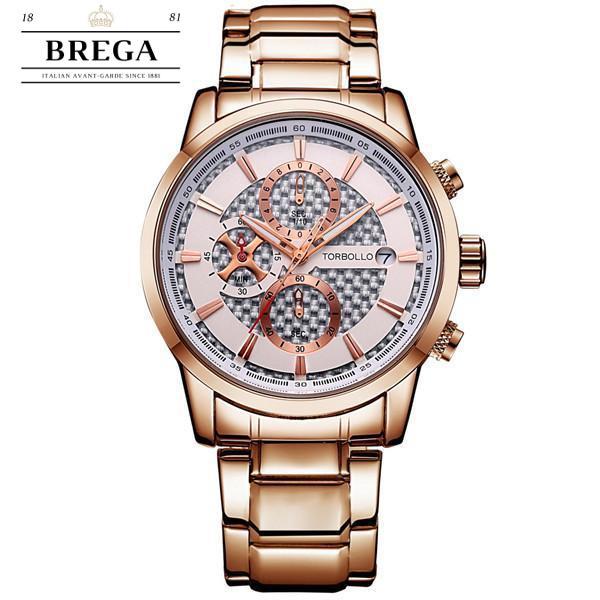
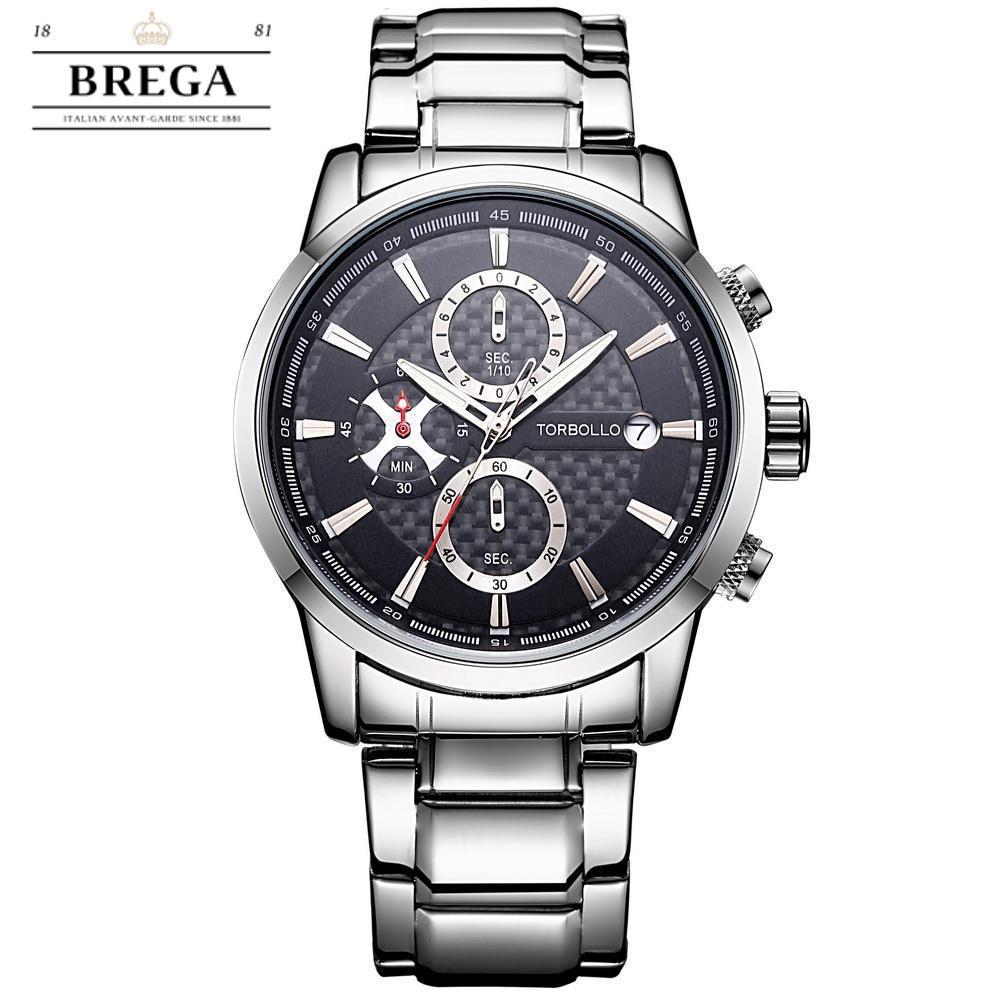
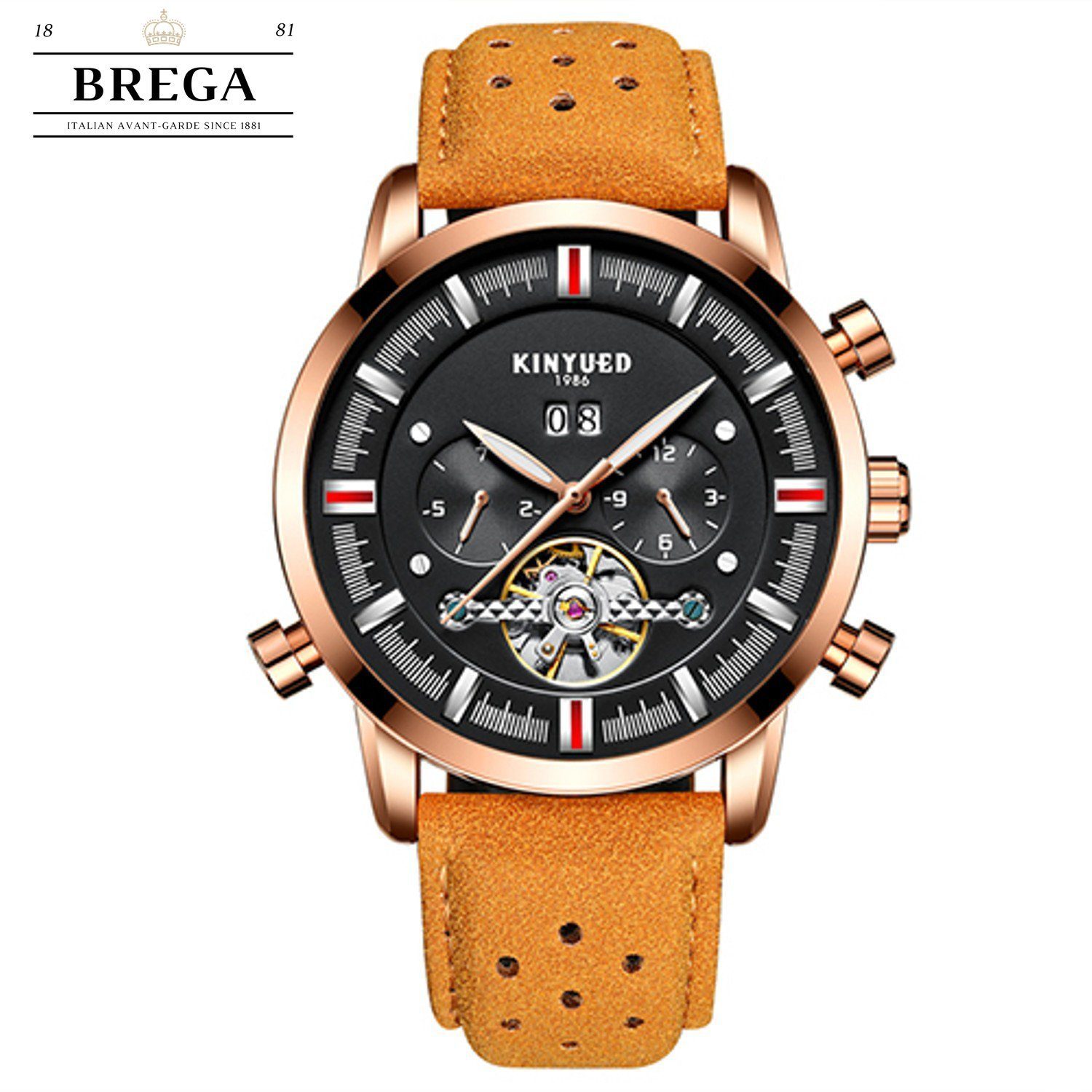
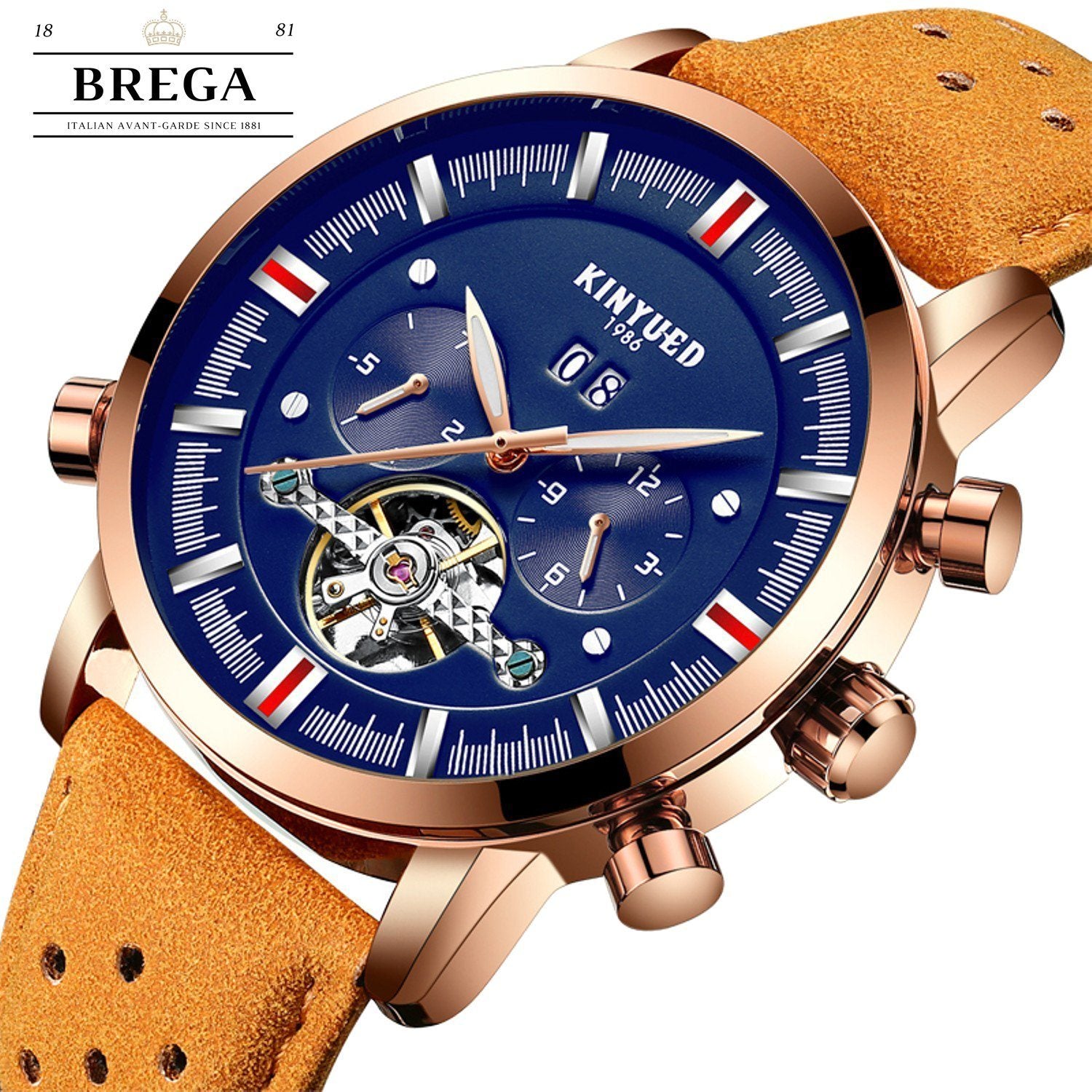
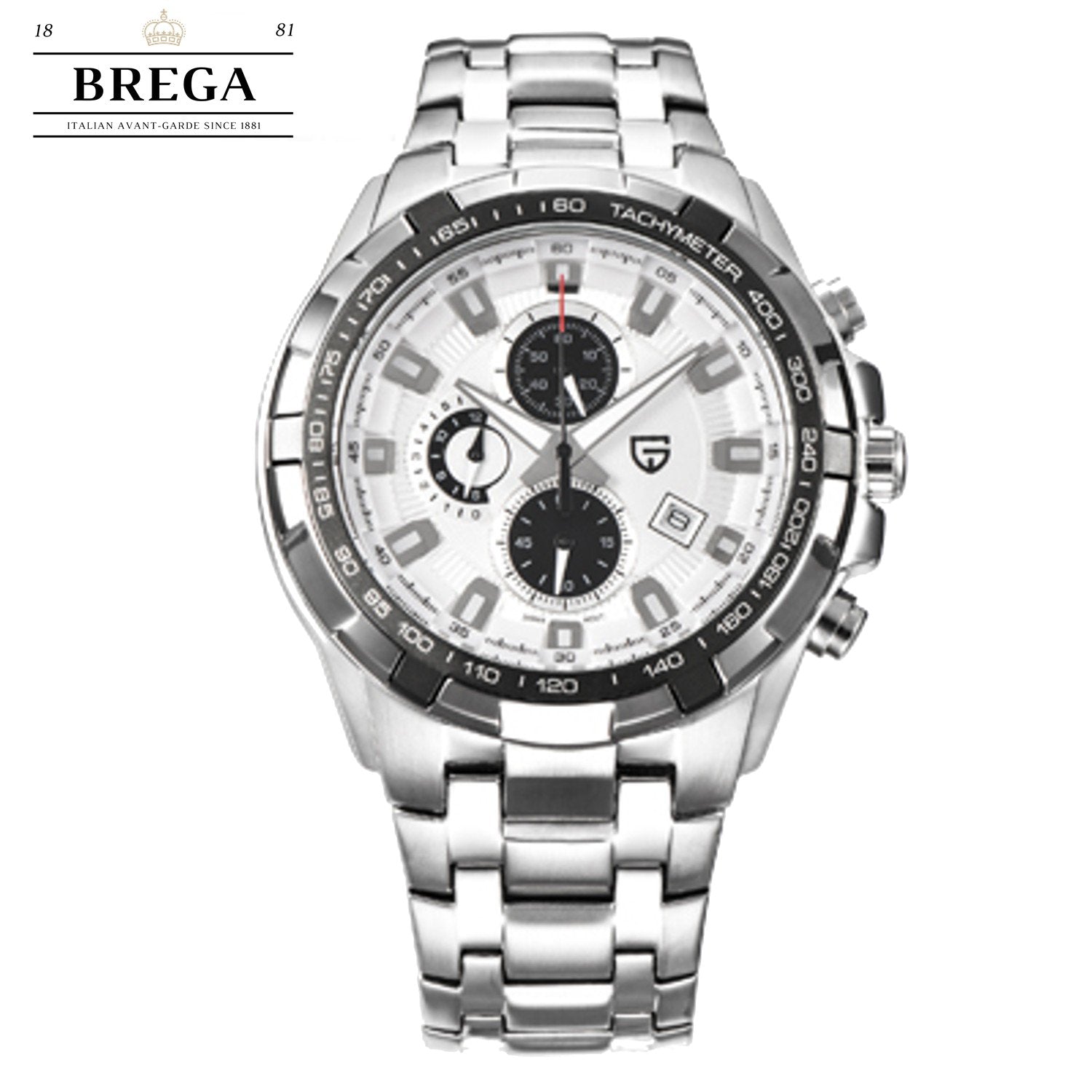
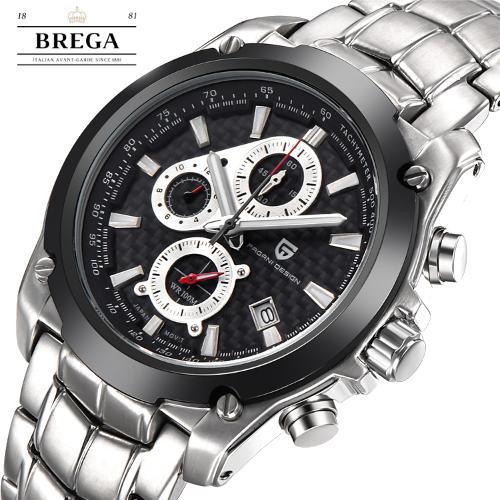
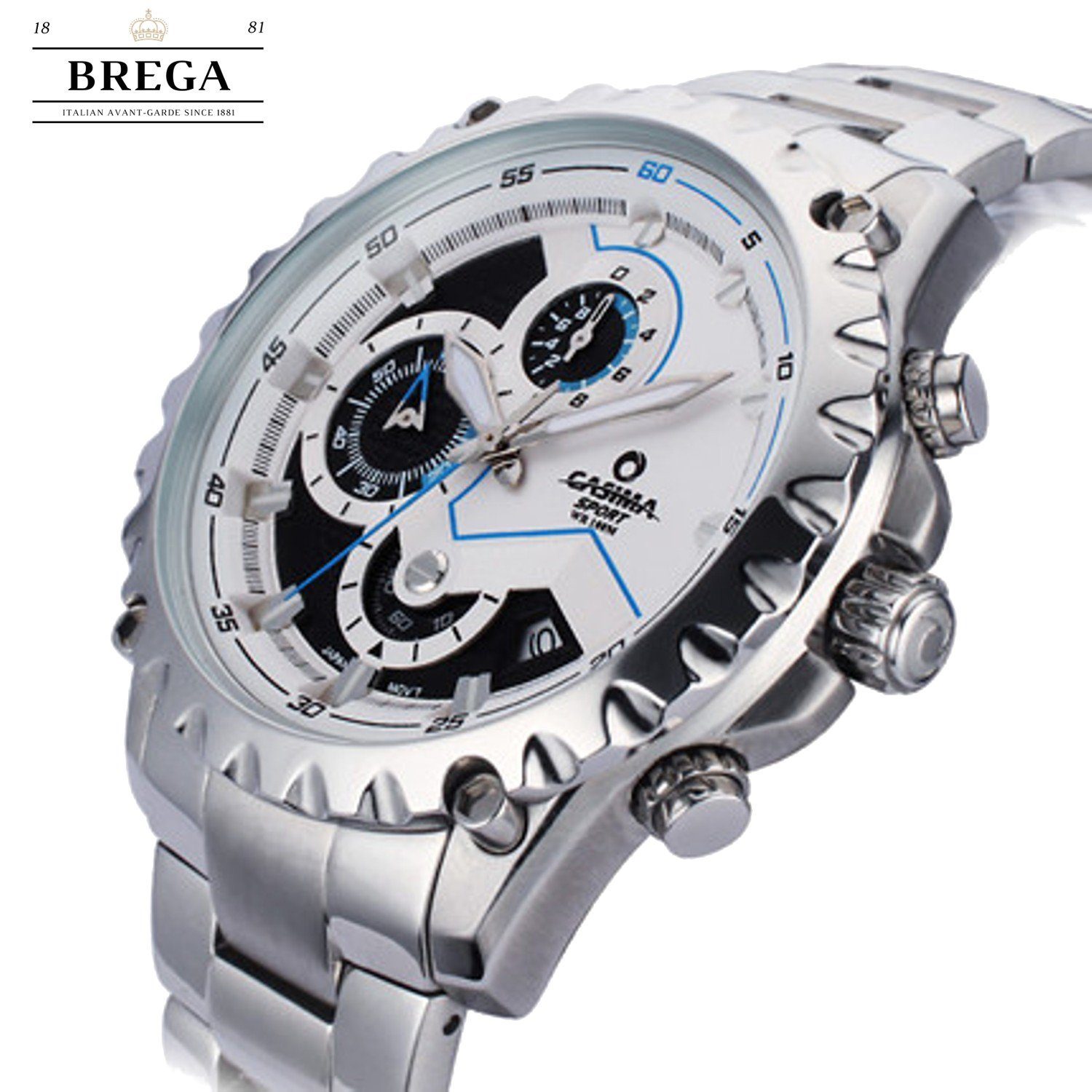
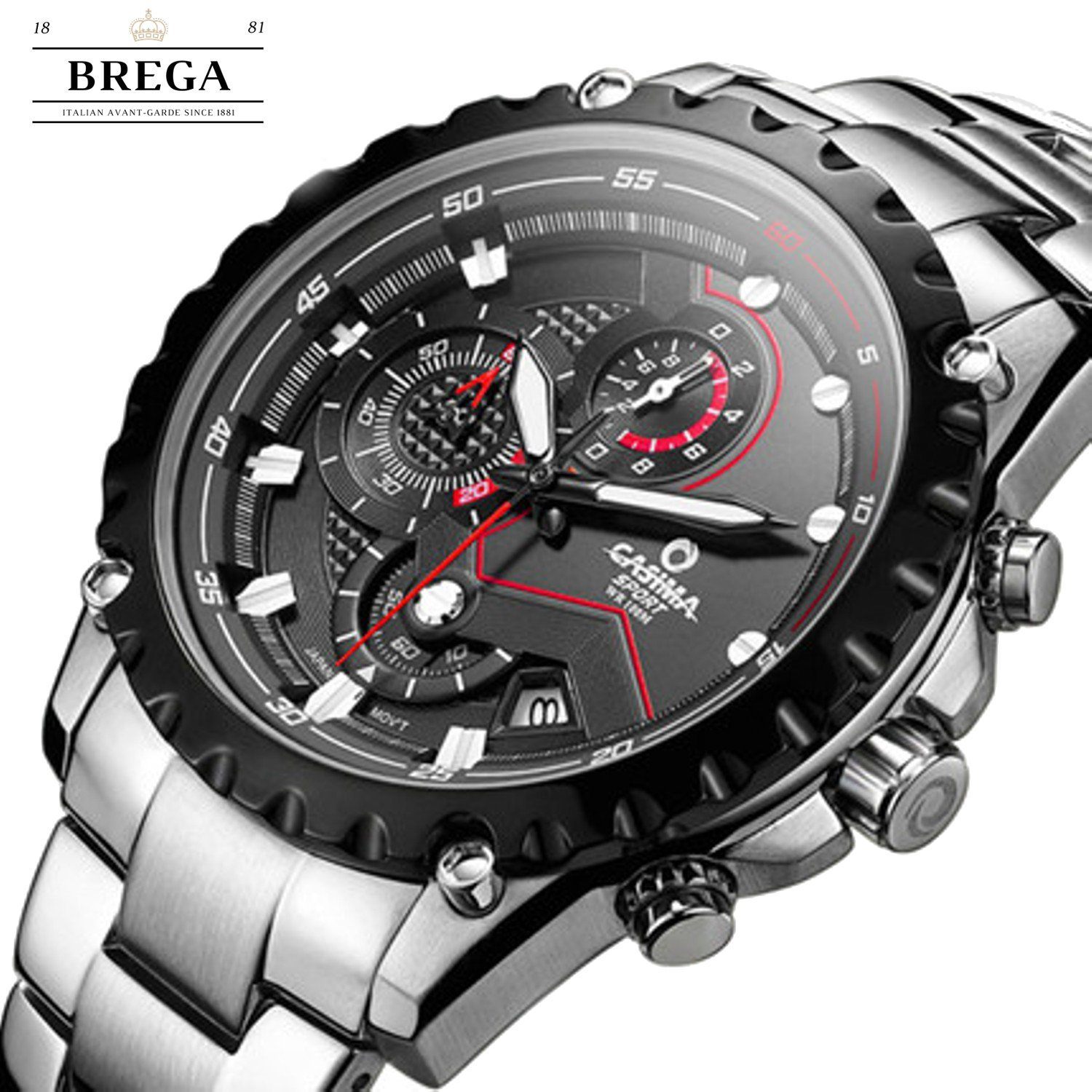
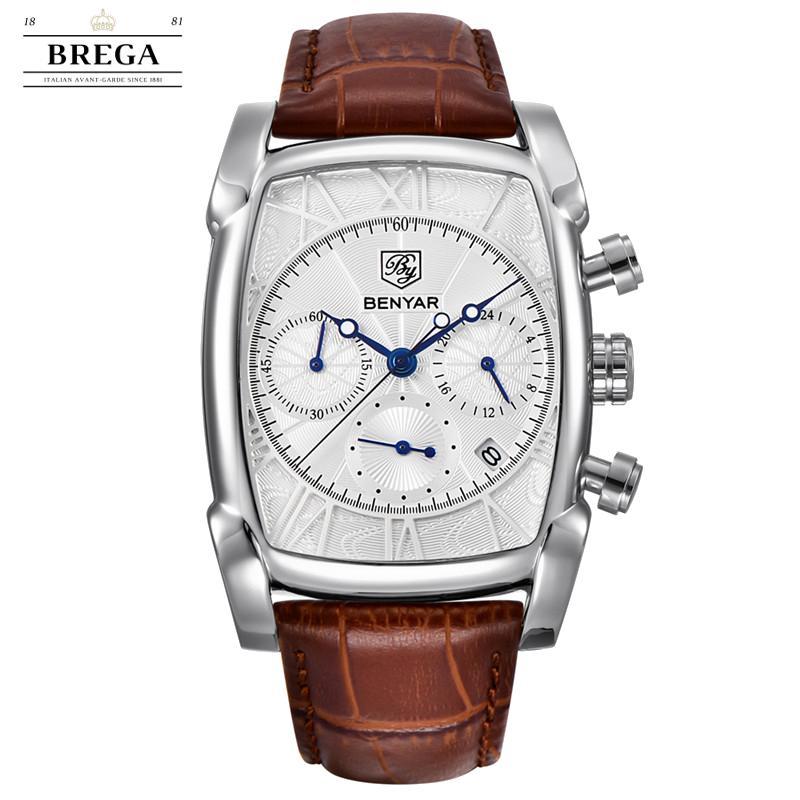
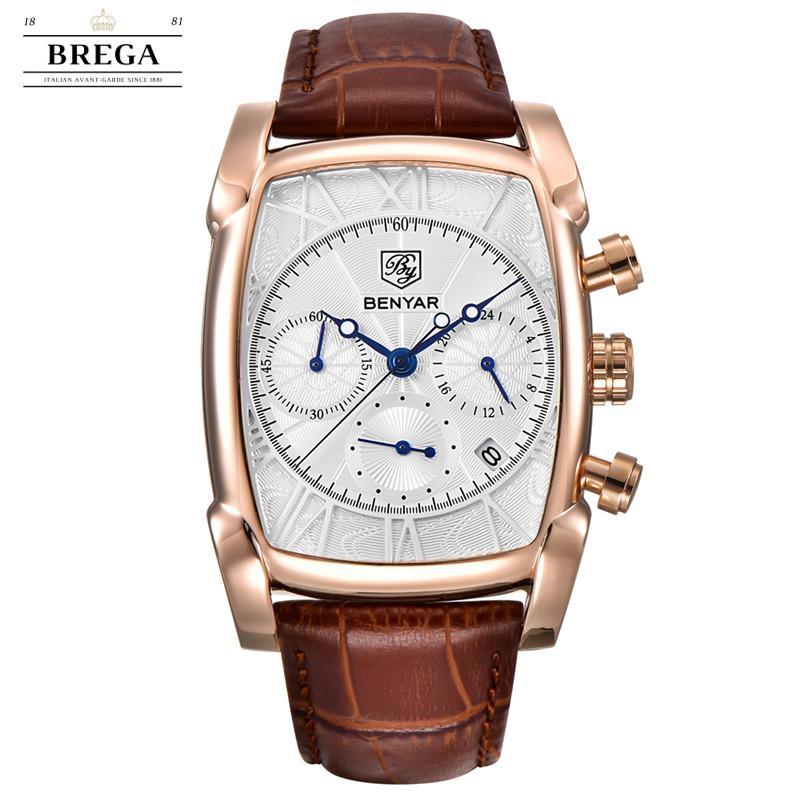
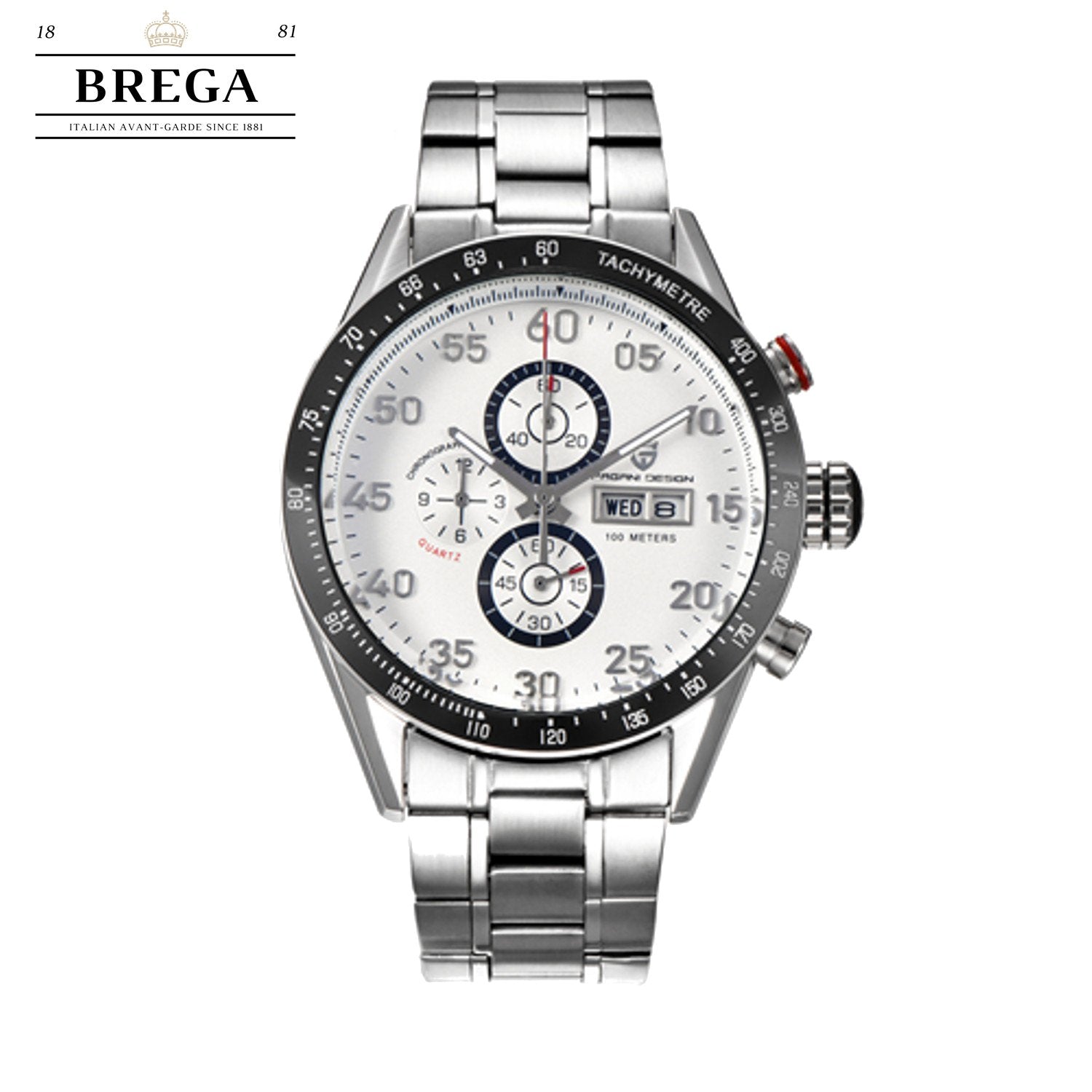
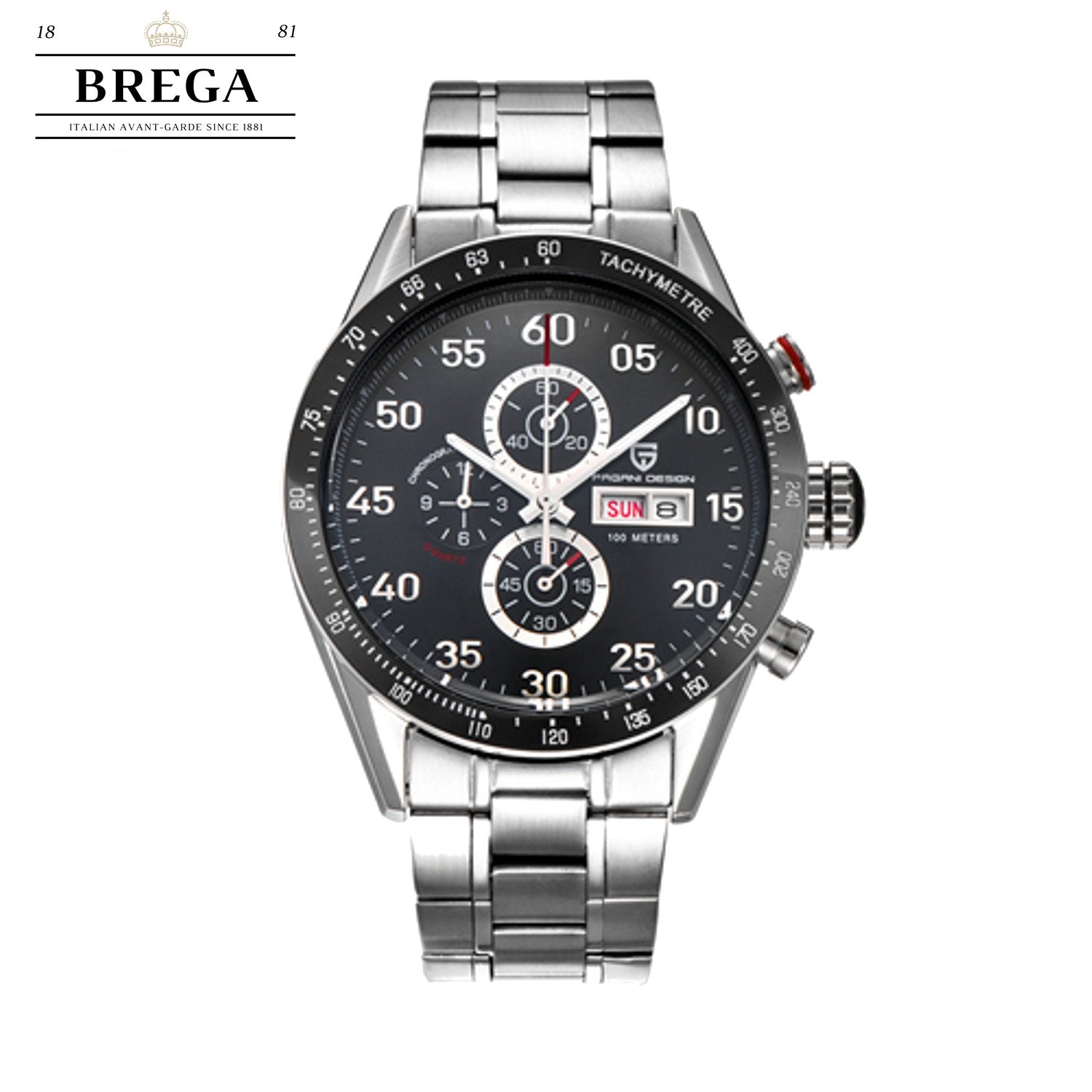
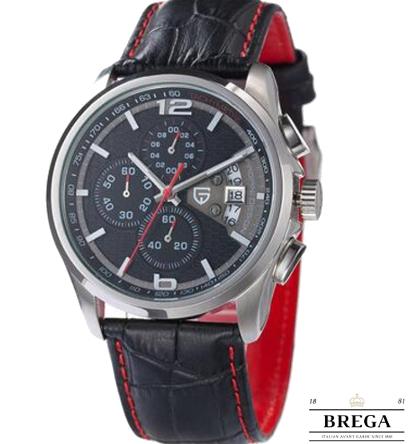
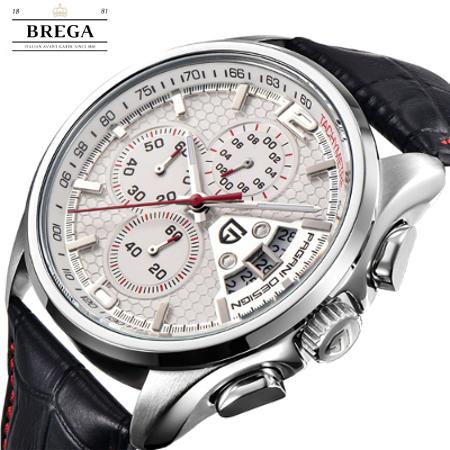
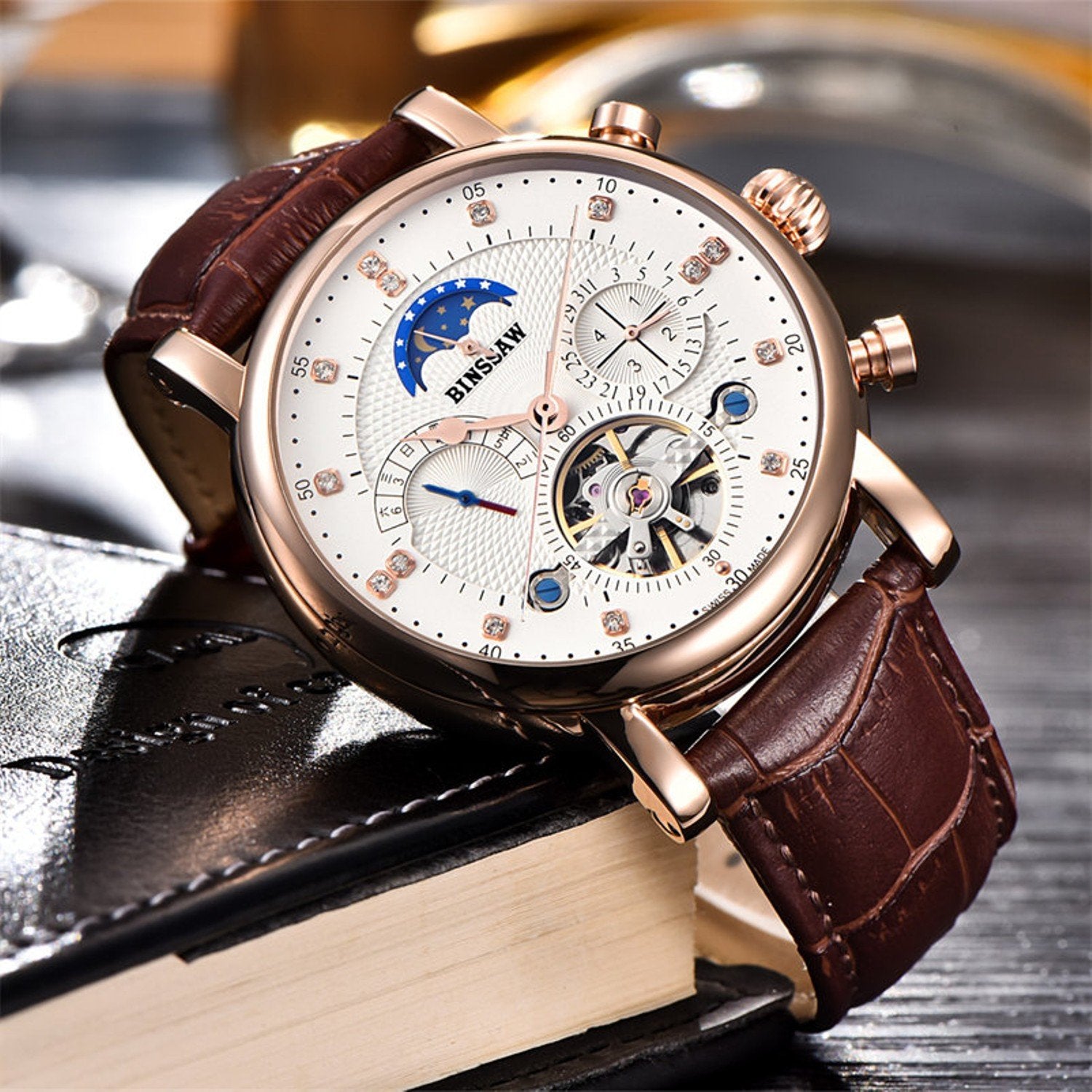
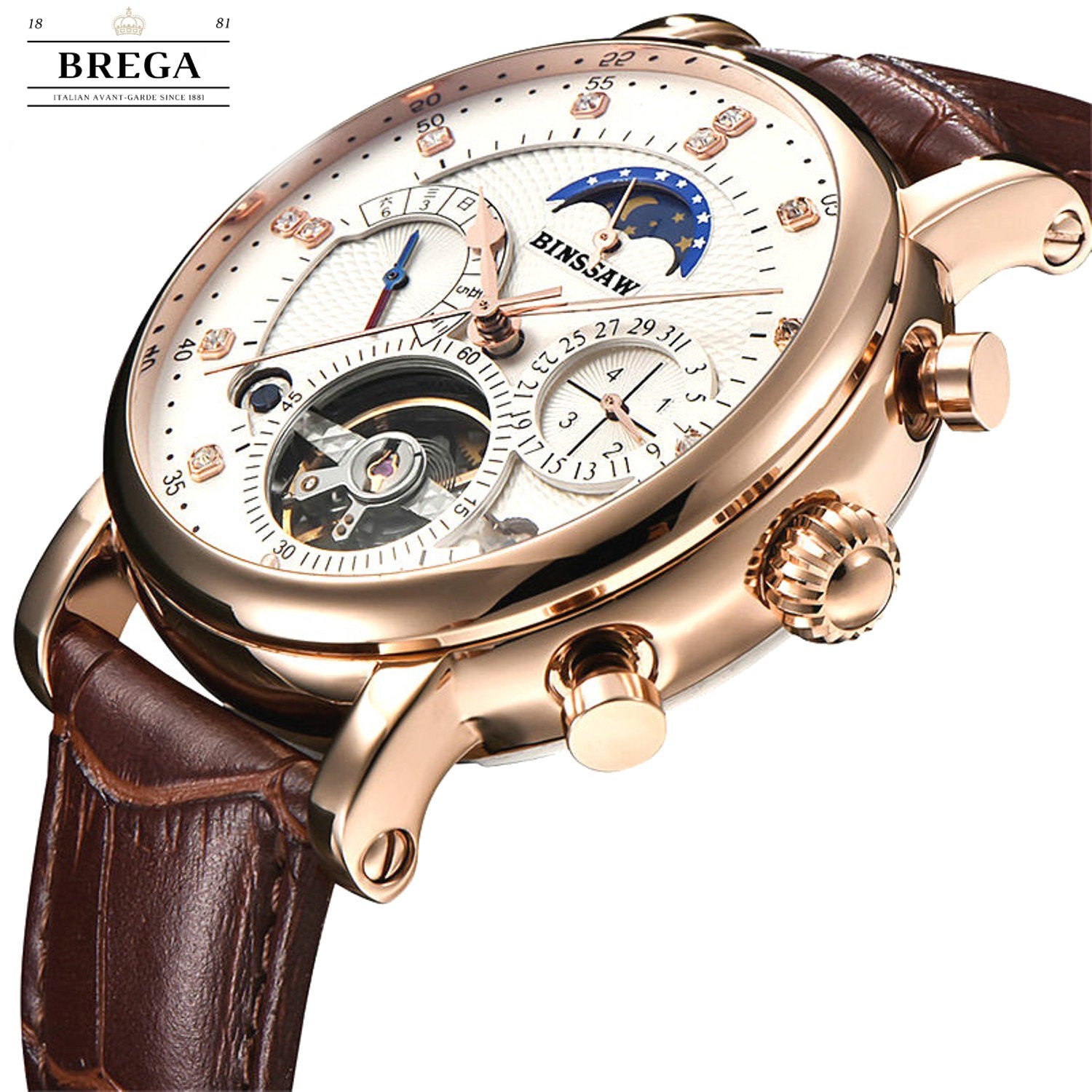
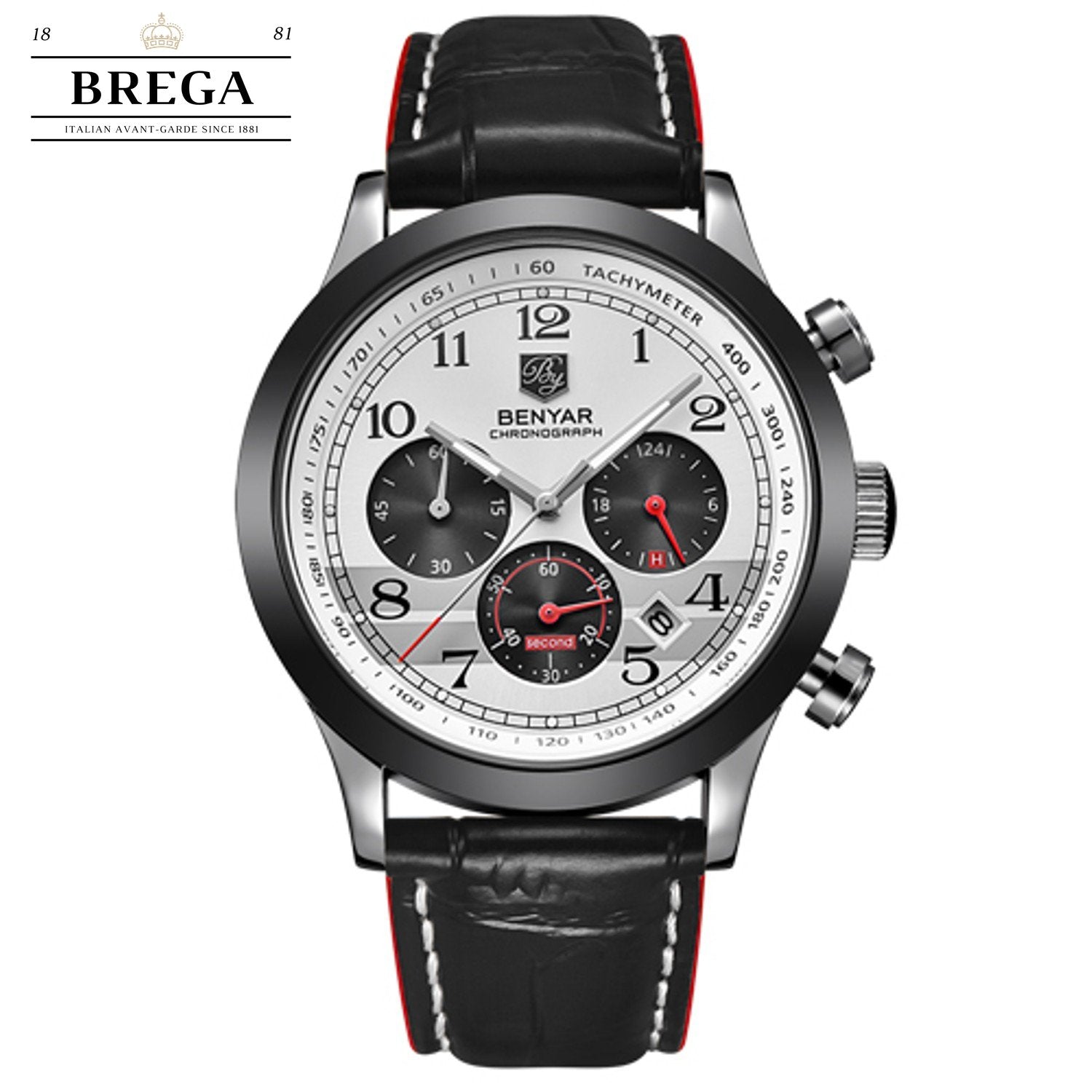
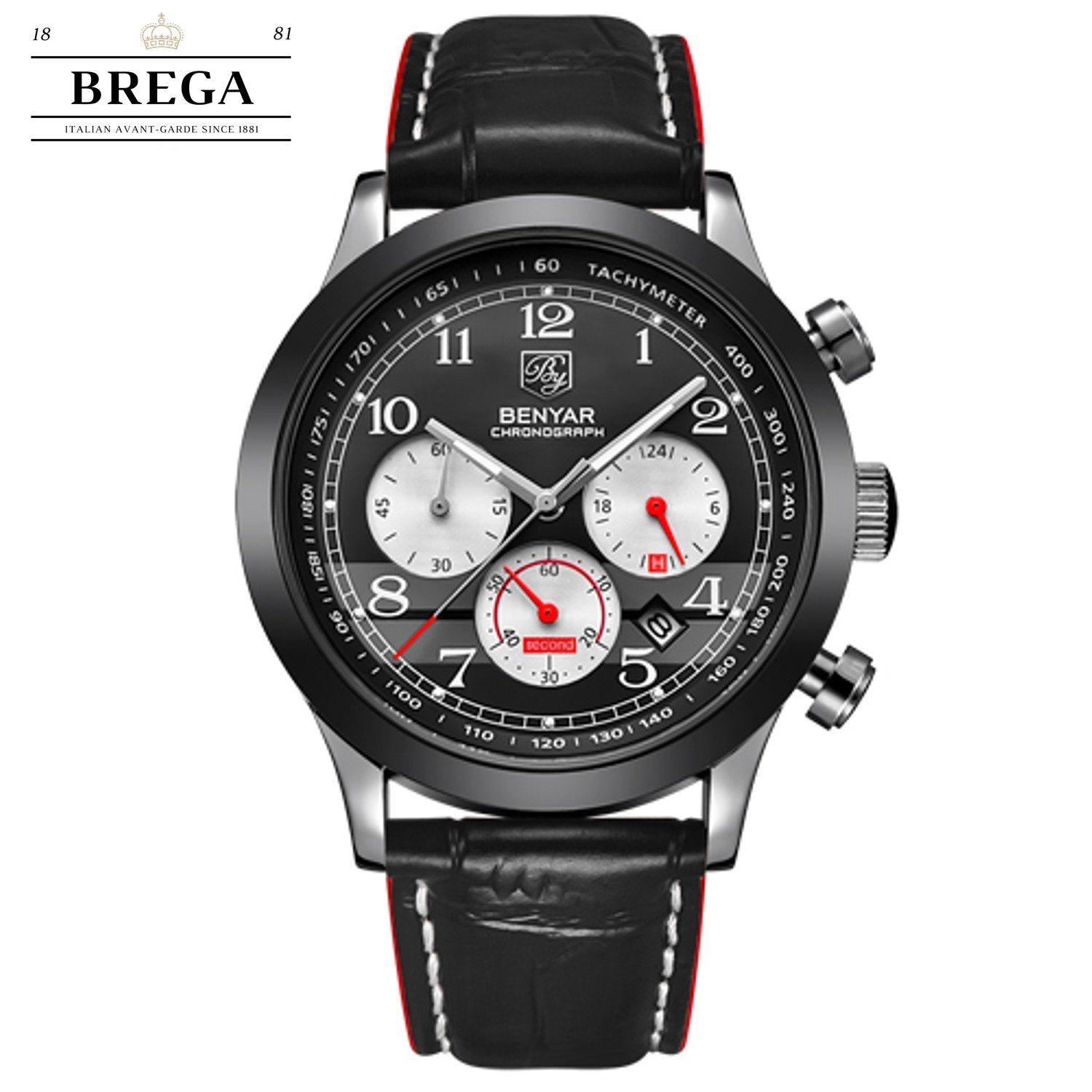
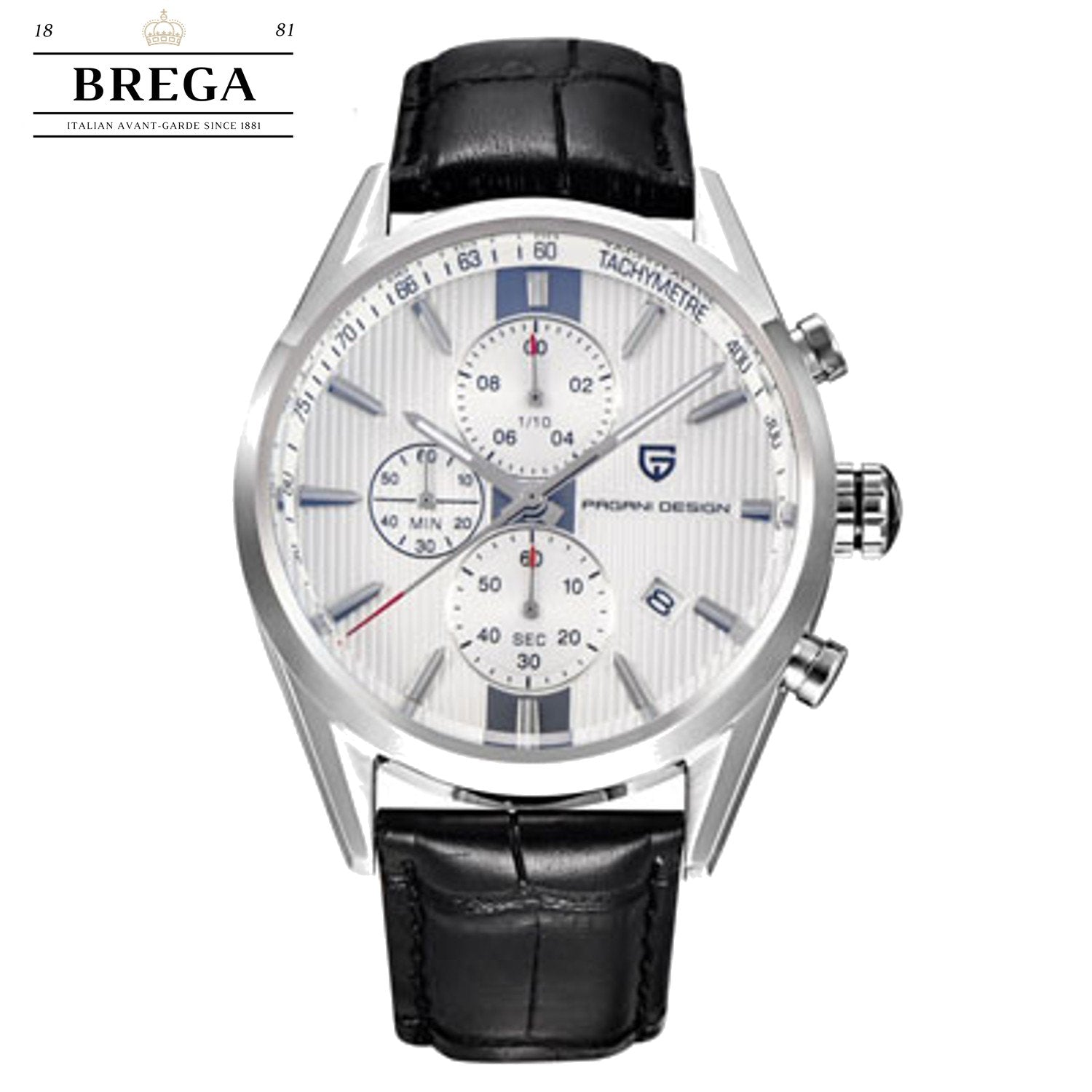
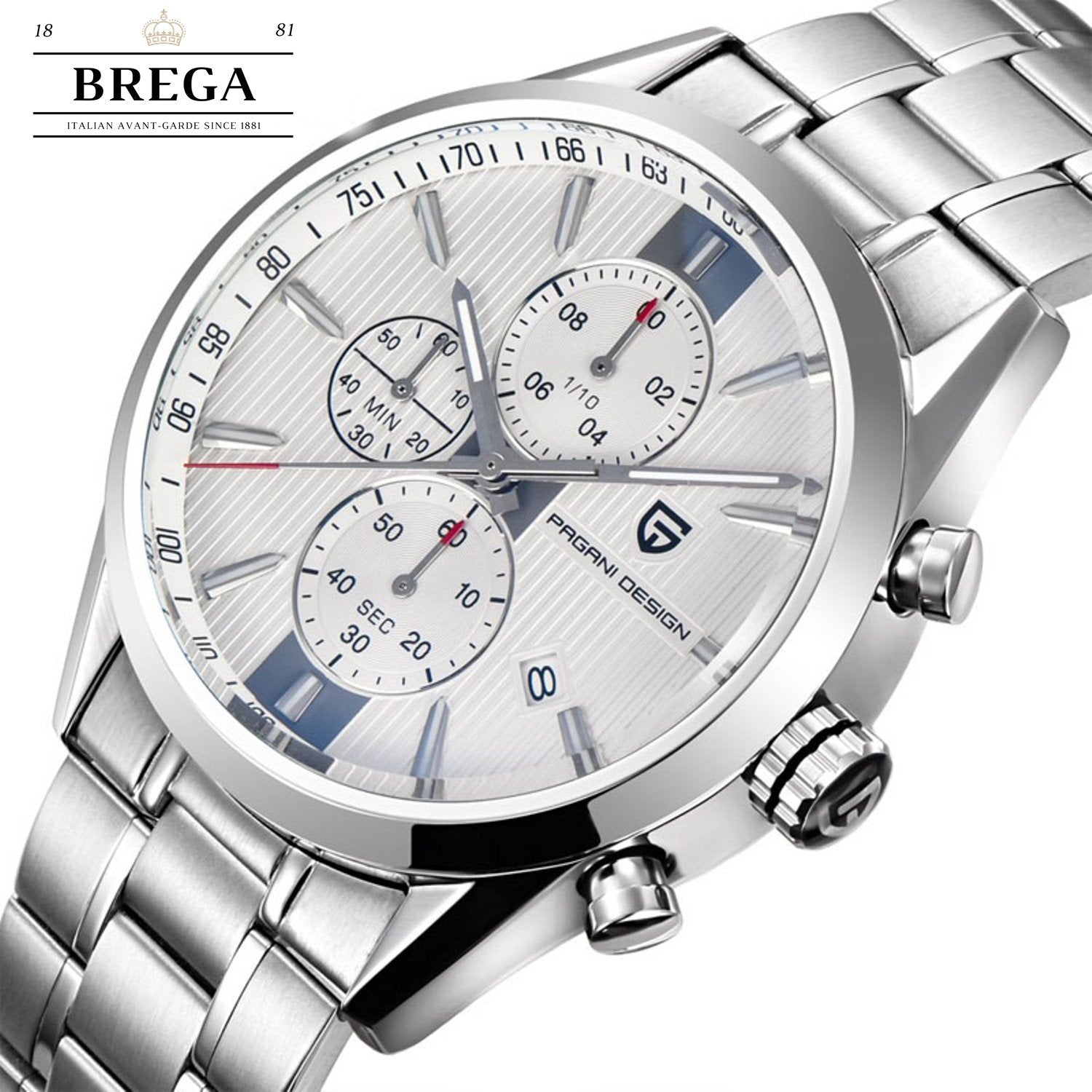
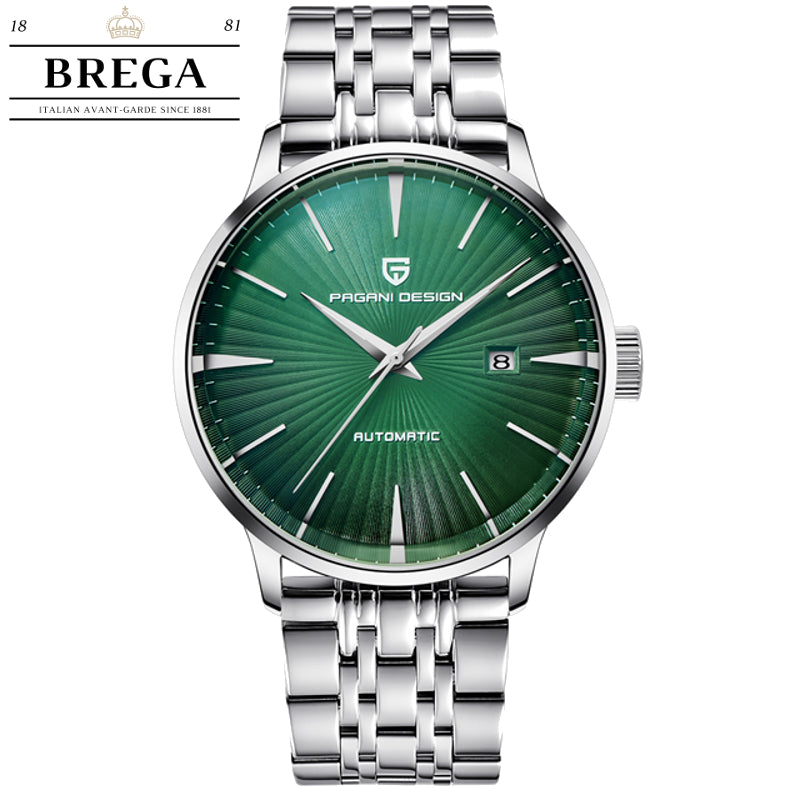
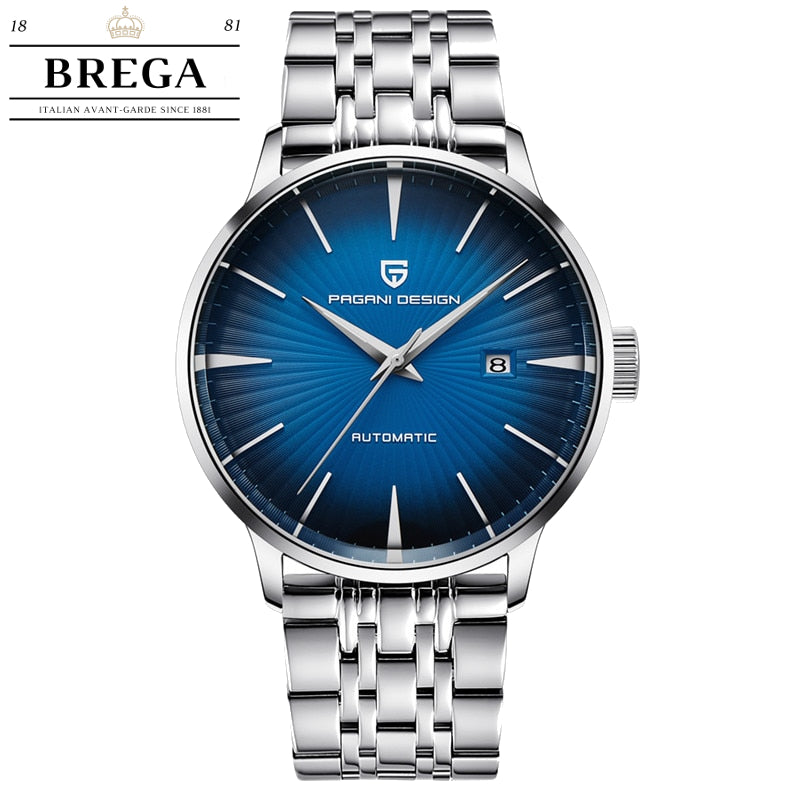
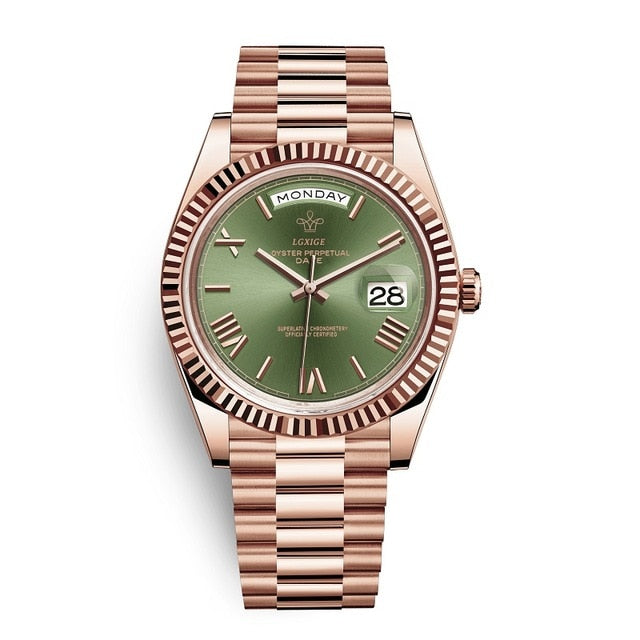
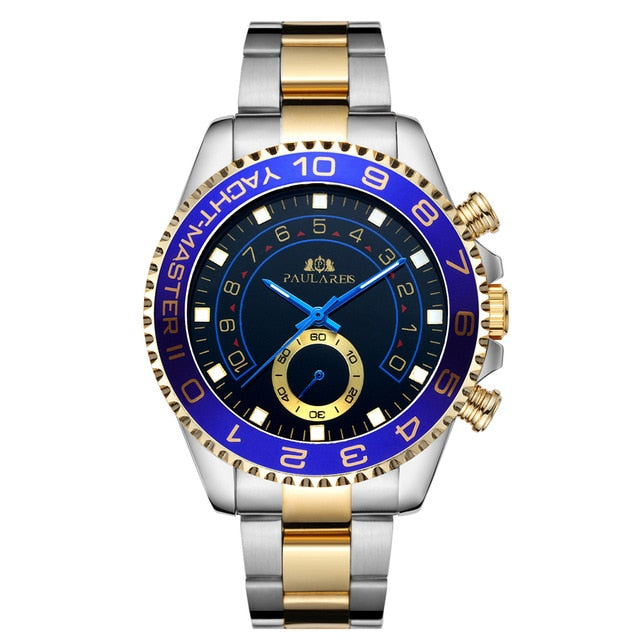
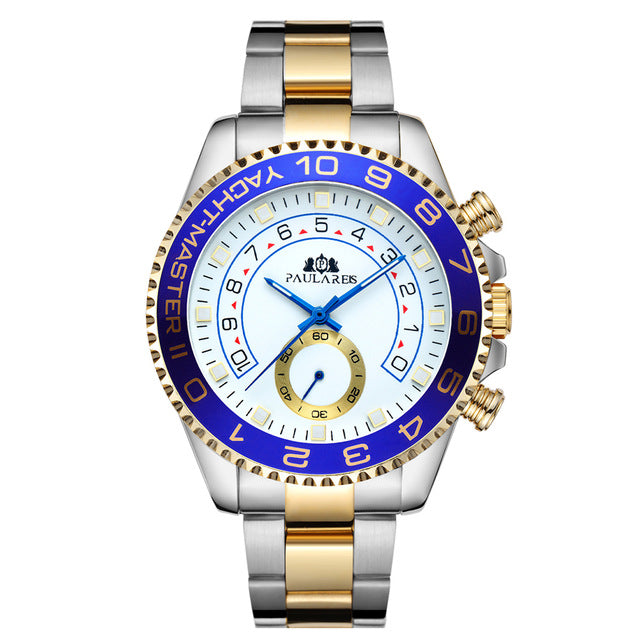
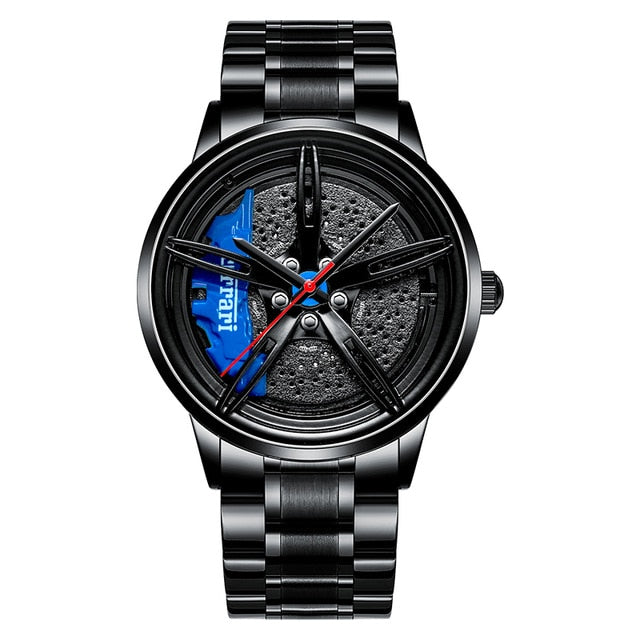
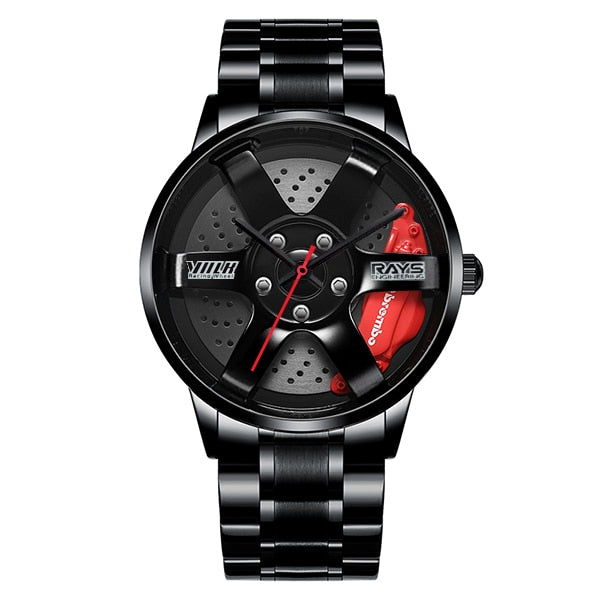

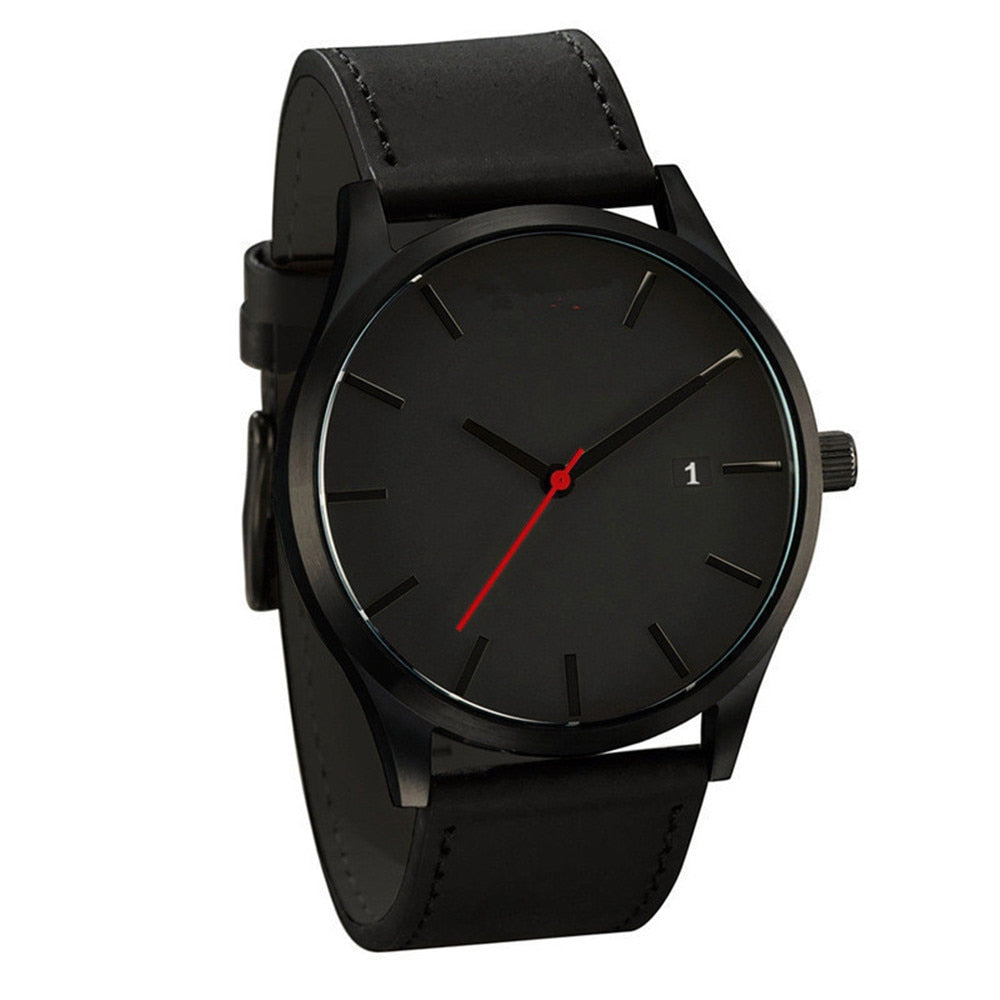




















































1 Comments
How much the watch above E600 SEA?
Inside the glass of watch there is wrote ZRC?